Welcome to the MAY 2023 issue of

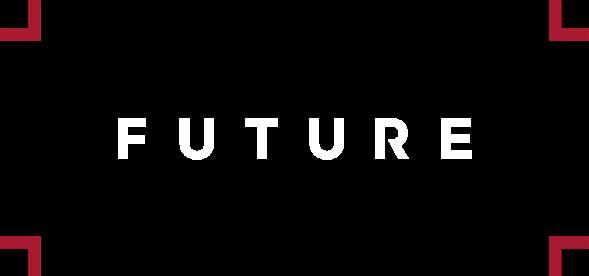
ARCUS > Engineered for demanding sports and live major market news. Both touchscreen and physical control, plenty of IP layering, and paging, routing and logic control.


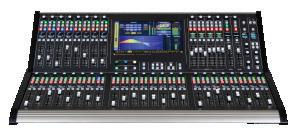
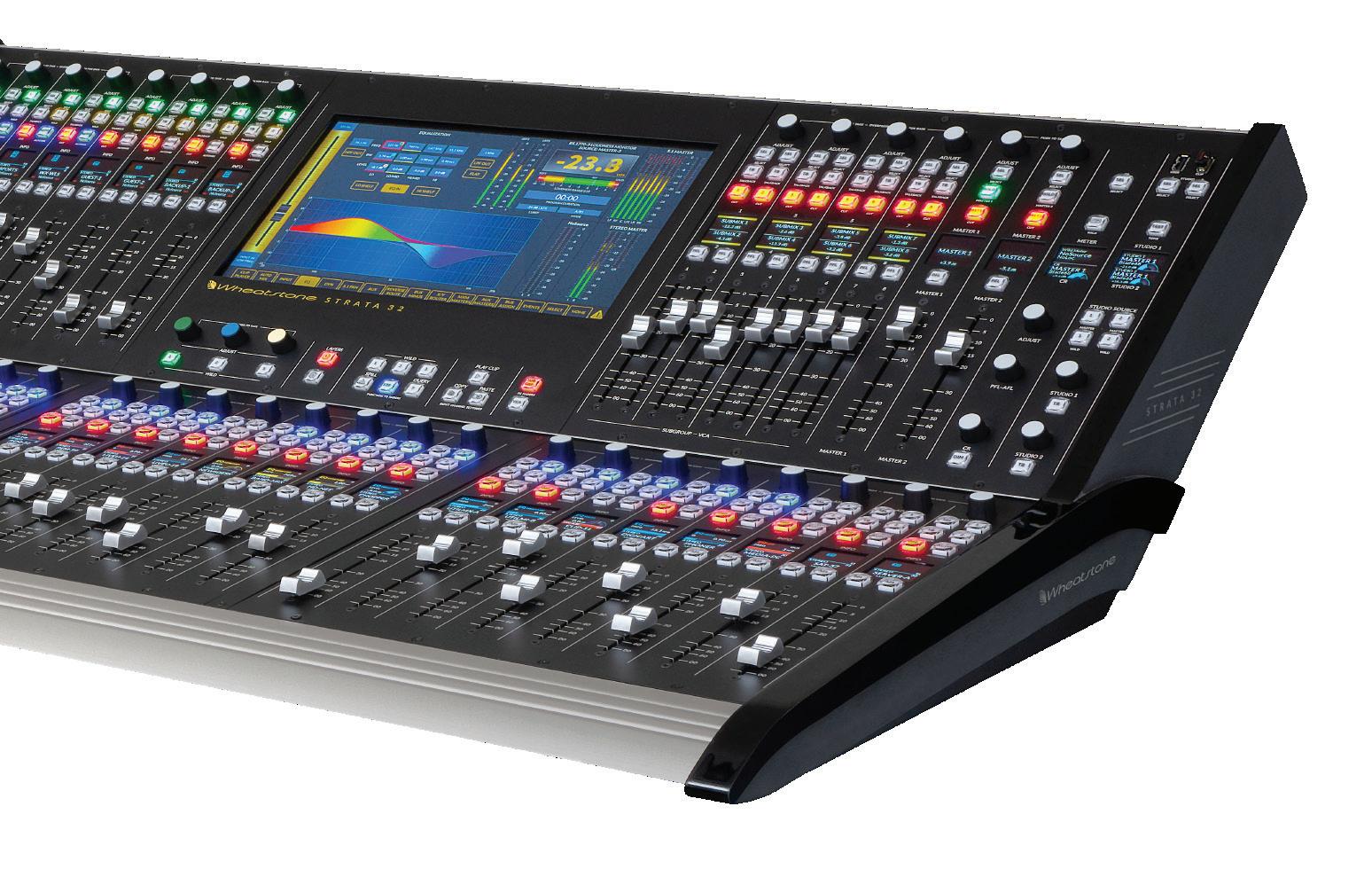
STRATA For remote work and local news. Works with Wheatstone’s LAYERS Server Engine or the Wheatstone BLADE-4 IP physical mix engine.


TEKTON > Compact, easy operation with physical and touch-screen flexibility. The TEKTON has all the TV features most studios need.
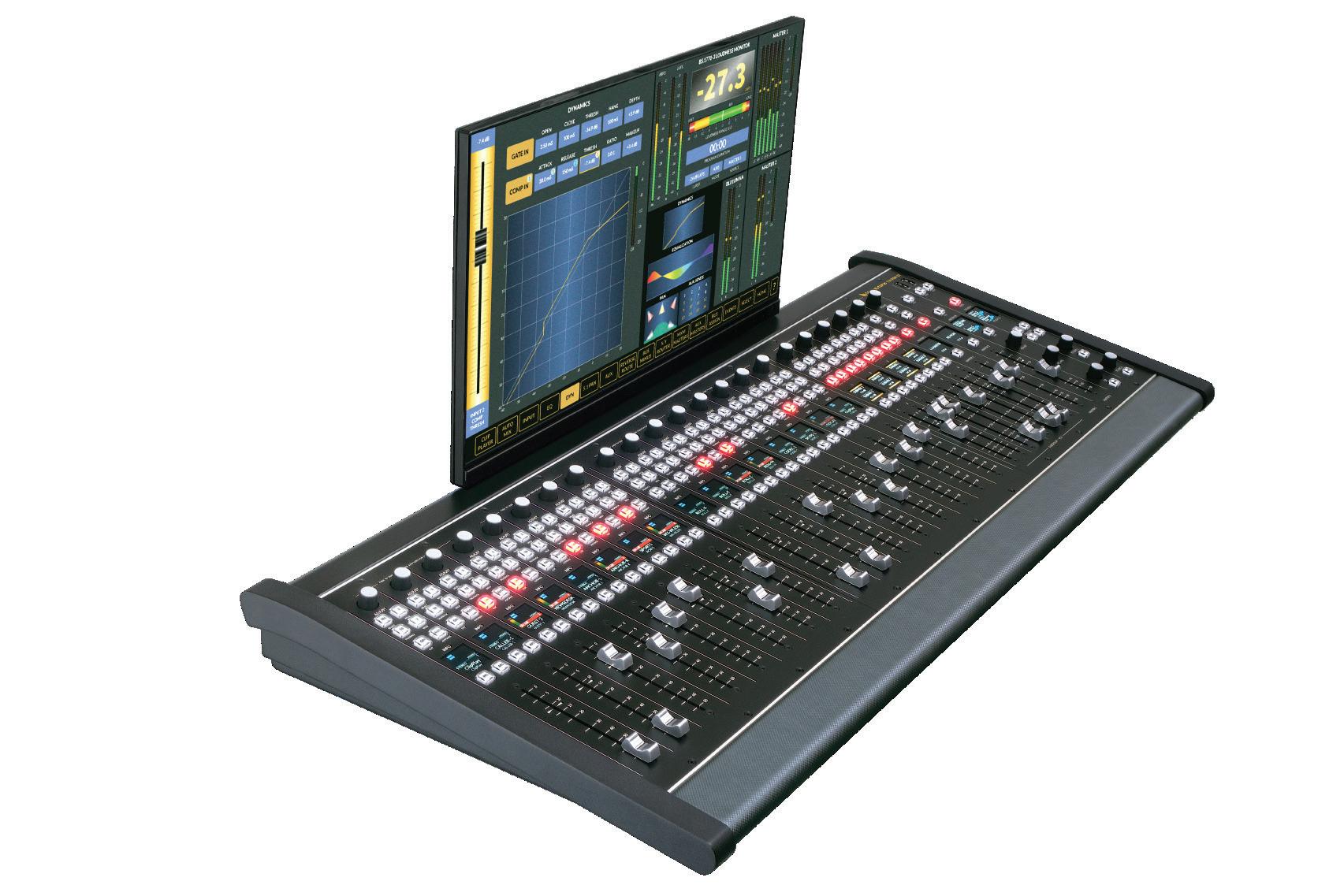
< LAYERS MIX SUITE
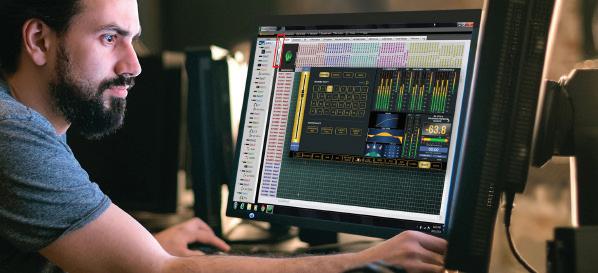

Build/control/extend your network virtually. Deploy multiple software mix engines and multitouch glass controllers from one or multiple servers to streamline your workflow.

BROADCAST AUDIO PERFECTIONISTS ® Good News Starts Here Wheatstone AES67/SMPTE 2110 -30 IP Audio Network Systems Learn more: wheatstone.com/tv-layers
AoIP WheatNet-IP Tablets Physical Control Surfaces Larger Format Touch Screens
>
LAYERS MIX SUITE SOFTWARE EQ/Dynamics Routing Logic LAYERS
NAB Show Review



Broadcasters’ biggest gathering returns to full force

www.tvtech.com | May 2023 REMOTE PRODUCTION • A DRONE’S POV • FCC’S ‘FUTURE OF TV’ PLAN DOUGHONORING LUNGp.26
ARCUS > Engineered for demanding sports and live major market news. Both touchscreen and physical control, plenty of IP layering, and paging, routing and logic control.




STRATA For remote work and local news. Works with Wheatstone’s LAYERS Server Engine or the Wheatstone BLADE-4 IP physical mix engine.


TEKTON > Compact, easy operation with physical and touch-screen flexibility. The TEKTON has all the TV features most studios need.

< LAYERS MIX SUITE


Build/control/extend your network virtually. Deploy multiple software mix engines and multitouch glass controllers from one or multiple servers to streamline your workflow.

BROADCAST AUDIO PERFECTIONISTS ® Good News Starts Here Wheatstone AES67/SMPTE 2110 -30 IP Audio Network Systems Learn more: wheatstone.com/tv-layers
AoIP WheatNet-IP Tablets Physical Control Surfaces Larger Format Touch Screens
>
LAYERS MIX SUITE SOFTWARE EQ/Dynamics Routing Logic LAYERS
10 NAB Show: Defining the Future of M&E Tech

Exhibit floor showed an industry still in flux with transitions to NextGen TV, cloud and networking
By Phil Rhodes
16 Despite Challenges, NAB Chief LeGeyt Says Next 100 Years Look Positive
In welcome address, CEO says broadcast TV, radio have a street-level edge in media ‘arms race’
By Michael Malone
18 FCC Chief Rosenworcel, NAB Set Initiative to Complete Transition to ATSC 3.0 ‘Future of Television’ group will help set regulation for NextGen TV era
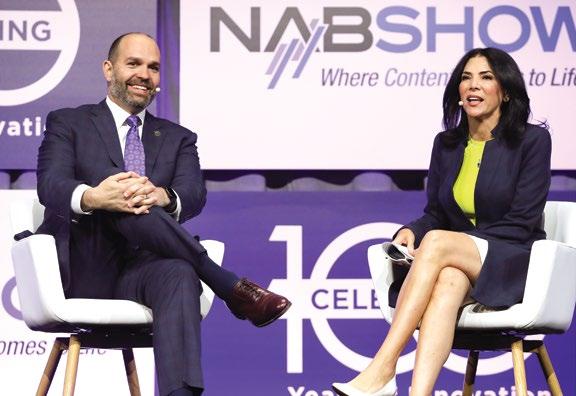
 By Jon Lafayette
By Jon Lafayette
19 How an Oscar-Winning Film Was Produced Remotely ‘The Boy, The Mole, The Fox and The Horse’ lined up 120 people in 15 countries
 By Jon Lafayette
By Jon Lafayette
20 How ‘The Rings of Power’ Is Fueling New Cloud-Based Collaboration Tech
Tools developed for big-budget streaming shows were being showcased by NAB Show exhibitors
By George Winslow
21 NBA Drives Advances in Cloud Stream Architechture Retooled League Pass app now offers a host of advanced features
By Mark Hallinger
22 Racing Drones Bring ‘Video Game Perspective’ to Live Snowboard Competition
How Uncle Toad’s Media Group tackled the Natural Selection Tour’s coverage from Canada
By Phil Kurz
24 Secret Ingredients That Helped ‘The Last of Us’ Break Out
Team effort helped HBO drama recreate the source video game’s rich look
 By Michael Malone
By Michael Malone
25 FAST Mavens Talk Saturation, Monetization and Content Migration
Panelists: Streaming’s quickest-growing segment is headed to an inflection point
By Dan Frankel
26 Doug Lung: ‘Broadcasting Is More Than a Job’
NAB’s recipient of the Television Engineering Award reflects on a newarly 50-year career
By Doug Lung
contents
may 2023 volumn 41, issue 05 6 in the news 23, 27-31, 34 exhibitor news 32 show photos 20 19 18 16 twitter.com/tvtechnology | www.tvtech.com | May 2023 3 10
As the M&E industry returned to in-person gatherings last year, the events felt a bit tentative—the series of stop starts and cancellations that had occurred during the pandemic had left us spooked. Was this going to last? The 2023 NAB Show proved that we really have returned and while we may never see the attendance of pre-2020 shows, this year there was a definite buzz that the people—and business—were back in full force.
And while the topics were very similar to years past, two of them—NextGen TV and AI—stood out as top of mind for an industry in constant “transition.”
First and foremost was FCC Chair Jessica Rosenworcel’s announcement on the second day of the show of the commission’s “Future of TV” initiative, a public-private partnership led by NAB, which will work closely with the FCC, consumer groups, and manufacturers on three tracks: focus on backwards compatibility and its impact on consumers; the final conditions needed to complete the national transition to ATSC 3.0; and consideration of the post-transition regulatory landscape (see p. 18).
NAB President Curtis LeGeyt applauded the move, which came after NAB and several station groups met with the commission earlier this year voicing concerns over what it characterized as a “stalled” transition to NextGen TV. Calling the announcement “hugely significant,” LeGeyt added that “this is not just about addressing piecemeal regulatory issues that come up with a voluntary transition. This is about talking about how we get from here to finality in transition, the issues we need to work through and pushing that forward.
“Getting perspectives from other constituencies that have a vested interest in driving this forward can be really beneficial to the process,” he added. “The reality is this can’t work without us being hand-in-hand without the consumer electronics industry. This can’t work if we’re not forging solutions that will ensure that we continue to be accessible to viewers across the country.”
ATSC President Madeleine Noland was equally enthusiastic, noting that spontaneous applause erupted when the news was announced during a meeting she was attending.
“We’re very excited by what the chairwoman said,” Noland said. “I love the three work tracks that she identified. I think that those are really great focal points for conversations and I think that the fact that these conversations are starting within that sort of formal structure is absolutely terrific.”
Although there was a feeling among many that the other main topic—AI—was overly used and abused, one aspect of the technology—the ability of nefarious parties to use it to spread disinformation in the form of “deep fakes”—was addressed by Jeff Rosica, president of Avid who stressed the importance of cooperation on battling the problem.
“We’re all going to have to bring to bear technology to identify the source of content and be able to forensically track content so that you know whether something can be flagged,” he said. “It’s going to take an industry-wide solution that we all agree to, because collectively, we can solve it.”
FOLLOW US www.tvtech.com twitter.com/tvtech
CONTENT
Content Director
Tom Butts, tom.butts@futurenet.com
Content Manager

Terry Scutt, terry.scutt@futurenet.com
Senior Content Producer George Winslow, george.winslow@futurenet.com
Contributors: Gary Arlen, Susan Ashworth, James Careless, Kevin Hilton, John Maxwell Hobbs, Craig Johnston, Bob Kovacs and Mark R. Smith
Production Managers: Heather Tatrow, Nicole Schilling
Managing Design Director: Nicole Cobban
Senior Design Director: Cliff Newman
ADVERTISING SALES
Managing Vice President of Sales, B2B Tech Adam Goldstein, adam.goldstein@futurenet.com

SUBSCRIBER CUSTOMER SERVICE
To subscribe, change your address, or check on your current account status, go to www.tvtechnology.com and click on About Us, email futureplc@computerfulfillment.com, call 888-266-5828, or write P.O. Box 8692, Lowell, MA 01853.
LICENSING/REPRINTS/PERMISSIONS

TV Technology is available for licensing. Contact the Licensing team to discuss partnership opportunities. Head of Print Licensing Rachel Shaw licensing@futurenet.com
MANAGEMENT
SVP Wealth, B2B and Events Sarah Rees MD, B2B Tech & Entertainment Brands, Carmel King Head of Production US & UK Mark Constance
Head of Design Rodney Dive
FUTURE US, INC. 130 West 42nd Street, 7th Floor, New York, NY 10036
All contents © 2023 Future US, Inc. or published under licence. All rights reserved. No part of this magazine may be used, stored, transmitted or reproduced in any way without the prior written permission of the publisher. Future Publishing Limited (company number 2008885) is registered in England and Wales. Registered office: Quay House, The Ambury, Bath BA1 1UA. All information contained in this publication is for information only and is, as far as we are aware, correct at the time of going to press. Future cannot accept any responsibility for errors or inaccuracies in such information. You are advised to contact manufacturers and retailers directly with regard to the price of products/services referred to in this publication. Apps and websites mentioned in this publication are not under our control. We are not responsible for their contents or any other changes or updates to them. This magazine is fully independent and not affiliated in any way with the companies mentioned herein.
If you submit material to us, you warrant that you own the material and/or have the necessary rights/permissions to supply the material and you automatically grant Future and its licensees a licence to publish your submission in whole or in part in any/all issues and/or editions of publications, in any format published worldwide and on associated websites, social media channels and associated products. Any material you submit is sent at your own risk and, although every care is taken, neither Future nor its employees, agents,subcontractors or licensees shall be liable for loss or damage. We assume all unsolicited material is for publication unless otherwise stated, and reserve the right to edit, amend, adapt all submissions.
Please Recycle. We are committed to only using magazine paper which is derived from responsibly managed, certified forestry and chlorine-free manufacture. The paper in this magazine was sourced and produced from sustainable managed forests, conforming to strict environmental and socioeconomic standards.
The Numbers Are In...: Total Registered Attendees: 65,013
International attendees: 17,446 Countries Represented: 166 Exhibitors: 1,208
So while we await the promise of AI and NextGen TV (and many other technologies) to meet the reality of expectations, the ability to network and establish and renew connections face to face is a reminder of how important industry-wide, in-person events like the NAB Show are for a rapidly changing industry.
 Director
Director
TV Technology (ISSN: 0887-1701) is published monthly by Future US, Inc., 130 West 42nd Street, 7th Floor, New York, NY 10036-8002. Phone: 978-667-0352. Periodicals postage paid at New York, NY and additional mailing offices.
POSTMASTER: Send address changes to TV Technology, P.O. Box 848, Lowell,
May 2023 | www.tvtech.com | twitter.com/tvtechnology 4
MA 01853. Vol. 41 No. 5 | May 2023
Butts Content
editor’s note Future plc is a public company quoted on the London Stock Exchange (symbol: FUTR) www.futureplc.com Chief Executive Zillah Byng-Thorne Non-Executive Chairman Richard Huntingford Chief Financial and Strategy Officer Penny Ladkin-Brand Tel +44 (0)1225 442 244 Future plc is a public company quoted on the London Stock Exchange (symbol: FUTR) www.futureplc.com Chief Executive Officer Jon Steinberg Non-Executive Chairman Richard Huntingford Chief Financial and Strategy Officer Penny Ladkin-Brand Tel +44 (0)1225 442 244
Tom
tom.butts@futurenet.com

Cumulative U.S. Streaming Piracy Losses to Top $113B by 2027
Anyone wondering how much password sharing and other forms of piracy are costing the U.S. streaming industry now has an answer from Parks Associates. The research firm is reporting that by the end of 2027, there will be a cumulative loss to piracy of $113 billion for streaming video providers serving U.S. consumers.
While large streamers like Netflix are working to cut down password sharing, the international research firm's latest forecast also indicates that the problem is getting worse, not better.
It predicts that piracy rates for U.S. streaming services in film and television programming are expected to rise from 22% in 2022 to 24.5% in 2027 and that the value of fraudulent advertising delivered online to media and entertainment consumers may exceed $700 million in 2027.
The Parks Associates research also shows that visits to pirate hosting websites increased by 31% in 2020 and industry leaders are responding with new anti-piracy policies in the hopes of stemming revenue losses.

The new study "Streaming Piracy Market & Ecosystem Strategies" provides a comprehensive view of piracy threats and the evolution of anti-piracy techniques along with five-year forecasts of revenue loss in the US market for video service providers.
"While there is some optimism that emerging countermeasures and best-practices may see piracy begin to plateau by 2027, there is no consensus among stakeholders as to when it may begin to decline," said Steve Hawley, contributing analyst, Parks Associates, and managing director of the Piracy Monitor industry newsletter and consultancy. "This research provides a much-needed understanding of the issues at hand and the technologies and approaches available to fight piracy."
Parks Associates' research indicates that video service providers may reduce the motivation for password sharing by restrict-
Broadcasters, Leagues Form Coalition for Responsible Sports Betting Advertising
Major professional sports leagues and some broadcasters have announced the formation of the Coalition for Responsible Sports Betting Advertising, a voluntary association of sports leagues and media entities committed to ensuring that companies take a responsible approach to sports betting advertising.
Members of the Coalition, which include the NFL, MLB, MLS, NASCAR, NBA, WNBA, NHL, NBCUniversal and Fox, also published six core principles for responsible sports betting advertising.
"As the legalization of sports betting spreads nationwide, we feel it is critical to establish
guardrails around how sports betting should be advertised to consumers across the United States. Each member of the coalition feels a responsibility to ensure sports betting advertising is not only targeted to an appropriate audience, but also that the message is thoughtfully crafted and care fully delivered," a joint statement from the Coalition for Responsible Sports Betting Advertising explained.
ing the number of users who can stream the service simultaneously. In addition, Netflix is introducing a feature that will allow users to share accounts for an extra fee, and Adobe launched "Prime Account IQ" to help providers identify when viewers are sharing credentials.
"The number of households who share account credentials and consume pirated content is rising. People are increasingly looking for new ways to satisfy entertainment needs," said Sarah Lee, research analyst, Parks Associates, and contributor to the report. "Participation in sharing account credentials increased 48% since 2019."
 George Winslow
George Winslow
The legalization of sports betting has provided broadcasters with a new source of advertising revenue—the American Gaming Association (AGA) estimated in February that sports betting gross game revenues hit a record $7.5 billion in 2022
BIA Advisory Services had predicted that the local ad spend for sports betting would hit $1.8 billion in 2022 and predicts that by 2024 the local ad spend for sports betting would increase to $2.9 billion. But the growth of the betting ads on TV has also raised wor-
ries about how the ads might increase gambling addiction
In response, the coalition has committed to implementing and maintaining consumer protection policies consistent with six principles:
Sports betting should be marketed only to adults of legal betting age and betting advertising should not promote irresponsible or excessive gambling or degrade the consumer experience. Sports betting advertisements should not be misleading and such advertisements should be in good taste. In addition, publishers should have appropriate internal reviews of sports betting advertising and should review consumer complaints pertaining to sports betting advertising.
George Winslow
in the news 6 May 2023 | www.tvtech.com | twitter.com/tvtechnology
Credit: Getty Images

Two Ways Public Broadcasters Could Advance NextGen TV
Public broadcasters have played a vital role in their communities and across the country for years, frequently bringing to the public programming and ideas that otherwise might not have seen the light of day on commercial television.
So, it shouldn’t be too surprising that a pair of novel ideas about how public broadcasters can better serve viewers by advancing reception of 3.0 were proposed during the Public Media Venture Group’s Public Media Technology Summit on the eve of the 2023 NAB Show in Las Vegas.
First up is an idea from Jerome McDonald, chairman of the Western Sanders County TV District—a TV translator service district in Montana.
McDonald proposed special districts, such as those responsible for firefighting and public safety, launch bond initiatives to fund deployment of NextGen TV receivers for residents in their service areas to ensure reception of ATSC 3.0-delivered Advanced Emergency Information (AEI) messages.
His proposal was particularly eye-opening
for those unfamiliar with special districts. Currently, there are more than 30,000 single-purpose districts across the United States that deal with various public concerns ranging from mosquito abatement and sewage to fire protection, flood control and highways. That number does not include school districts, he added.
“Bonding,” as McDonald puts it—not the cellular IP type for ENG, but rather for funding public works— could be the right mechanism to advance the public’s uptake of NextGen TV.

As McDonald sees it, funding 3.0 receivers— set-top boxes, HDMI dongles or even NextGen TVs—as part of a public safety service is reasonable and appropriate for certain special districts. What’s needed is a focused effort to educate the people on the boards of these districts about how 3.0 reception will advance their specific missions with the public. That’s a perfect mission for public broadcasters, said McDonald.
Next up is an idea presented on behalf of Madeleine Noland, president of the Advanced Television Systems Committee, by Jerry Whita-
Spectrum News Launches Spectrum News+

Spectrum News has launched Spectrum News+, a new streaming news network that provides reporting from more than 30 newsrooms nationwide.
Spectrum News+ is designed to complement Spectrum News’ portfolio of over 30 local TV news networks and is available to Spectrum residential customers nationwide, including those who do not live in an existing Spectrum News market, via the Spectrum News mobile app and Roku and Apple TV streaming devices.
“By combining the power of our deeply-rooted local
newsrooms with objective coverage of the day’s headlines, we are helping our audiences connect with their communities while also providing them with a comprehensive view of the world around them,” said Alison Hellman, senior vice president, Spectrum News. “The launch of Spectrum News+ will allow even more of our customers to have access to our news coverage, and furthers our commitment to and investment in providing meaningful news to our audiences wherever they are, and however they want to watch it.”
Spectrum News+ offers
ker, ATSC vice president for standards, during the PMVG conference. (Noland was scheduled to present the conference keynote on April 14 but was delayed in arriving in Las Vegas due to the torrential rains in Florida.)
The idea is simple. Identify a market or portion of a market with a relatively small population. Under the leadership of a public broadcaster, in other words funding from that broadcaster, outfit all households in the market with NextGen TV receivers and do a flash cut to ATSC 3.0.
Not only would the broadcaster be able to advance its mission of better serving the public in its coverage area with additional programming and the other benefits the standard brings to broadcasting, but the effort could demonstrate to regulators a path forward for accelerating 3.0 and hastening sunsetting of legacy DTV.
Given the FCC’s announcement that it too is looking for ways to move 3.0 along and end 1.0 without disenfranchising millions of DTV households, these ideas—or a combination of the two—could prove to be important parts of the solution it seeks l
24-hours of continuous news content Monday through Friday, with plans to expand to 24/7 by the summer. Programming features the best of Spectrum News’ local reporting, leveraging the expertise of its local journalists, anchors and Washington D.C. Bureau reporters to cover news and events that are relevant across the country.
The launch builds on an ongoing investment in local news by the cable operator, which is Charter’s consumerfacing brand.
Over the past few years, Spectrum News has launched linear TV news networks in seven states; introduced a mobile news app that has more than two million downloads; debuted three digital-only local news operations; and, late last year launched its local news app on Roku and Apple TV, underscoring its commitment to make Spectrum News available and accessible to audiences on whichever platform they prefer.
George Winslow

8 in the news
May 2023 | www.tvtech.com | twitter.com/tvtechnology
OPINION
Phil Kurz
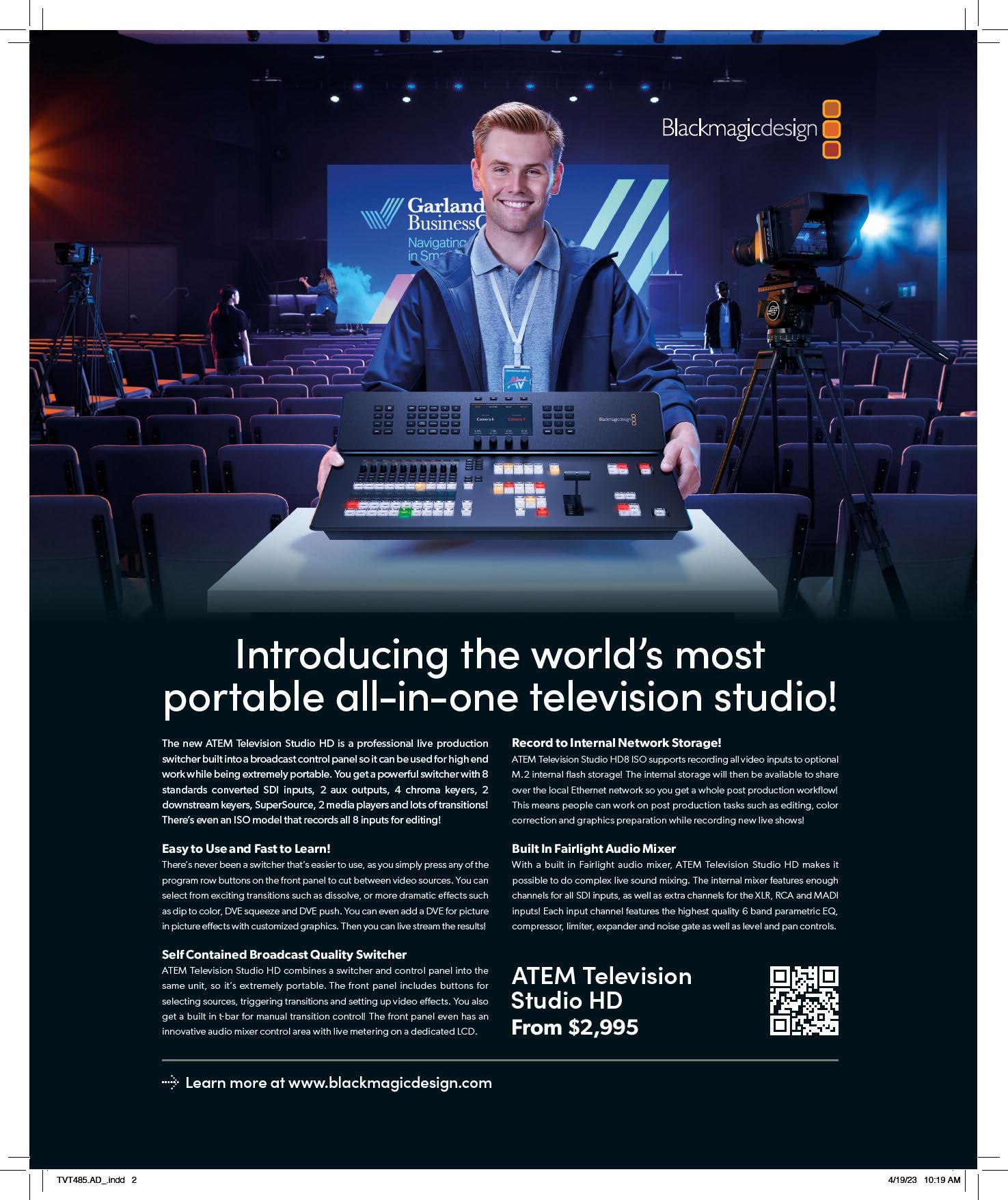
NAB Show: Defining the Future of M&E Tech
Exhibit floor showed an industry still in flux with transitions to NextGen TV, cloud and networking
By Phil Rhodes
Government organizations have a strange tendency to abuse the word “digital.” The U.S. Government, for instance, has a Digital Service (usds.gov), while over in the U.K., there was, until recently, a department for Digital, Culture, Media and Sport, since replaced with another organization under an equally vague and general heading. Given the number of internet-connected light bulbs in the world, though, what isn’t digital?
Summing up, the 2023 NAB Show faces similar issues. There’s an expectation that big industry events will have a boldly-stated theme, which emerges from the sum total of what’s on display. At the 2023 gathering, there was hardly a booth not featuring the

word “cloud,” but interpreting the term even slightly broadly, it becomes so general as to be almost meaningless. We’ve all been using cloud email since the mid-’90s, after all. Cloud just means a computer that’s elsewhere. As network services improve, the distinction blurs.
MARRIAGE OF TECHNOLOGIES
Optimists might observe the wider variety of jobs being done on a smaller variety of hardware and call it convergence, and the third edition of the Advanced Television Standards Committe’s broadcast specification is a prime example. With a foot in both the traditional over-the-air and the new overthe-top camps, ATSC 3.0 is currently midrollout, with a map of the U.S. slowly turning orange as more regions activate the standard.
The marriage of technologies runs deep. ATSC 3.0 adopts the signalling protocol of the internet in pursuit of greater robustness. Skip Pizzi is vice-chair of the ATSC’s responsible Technology Group 3, and recaps the benefits.
“It’s the first broadcast TV system that is IP-based, and it has a much more robust and flexible physical layer… so it can be received in mobile conditions on handheld devices as well as not needing an external antenna for home fixed reception,” he said. “[It’s] able to go back to set-top antennas, or window mounted antennas, even in basements. It allows broadcasters to flexibly trade off capacity for robustness, unlike current digital systems, where you’ve got a fixed amount of bandwidth that you can put over the air.”
These are foreign considerations to most OTT distributors, who may use any amount
10 show review
Credit: NAB
May 2023 | www.tvtech.com | twitter.com/tvtechnology
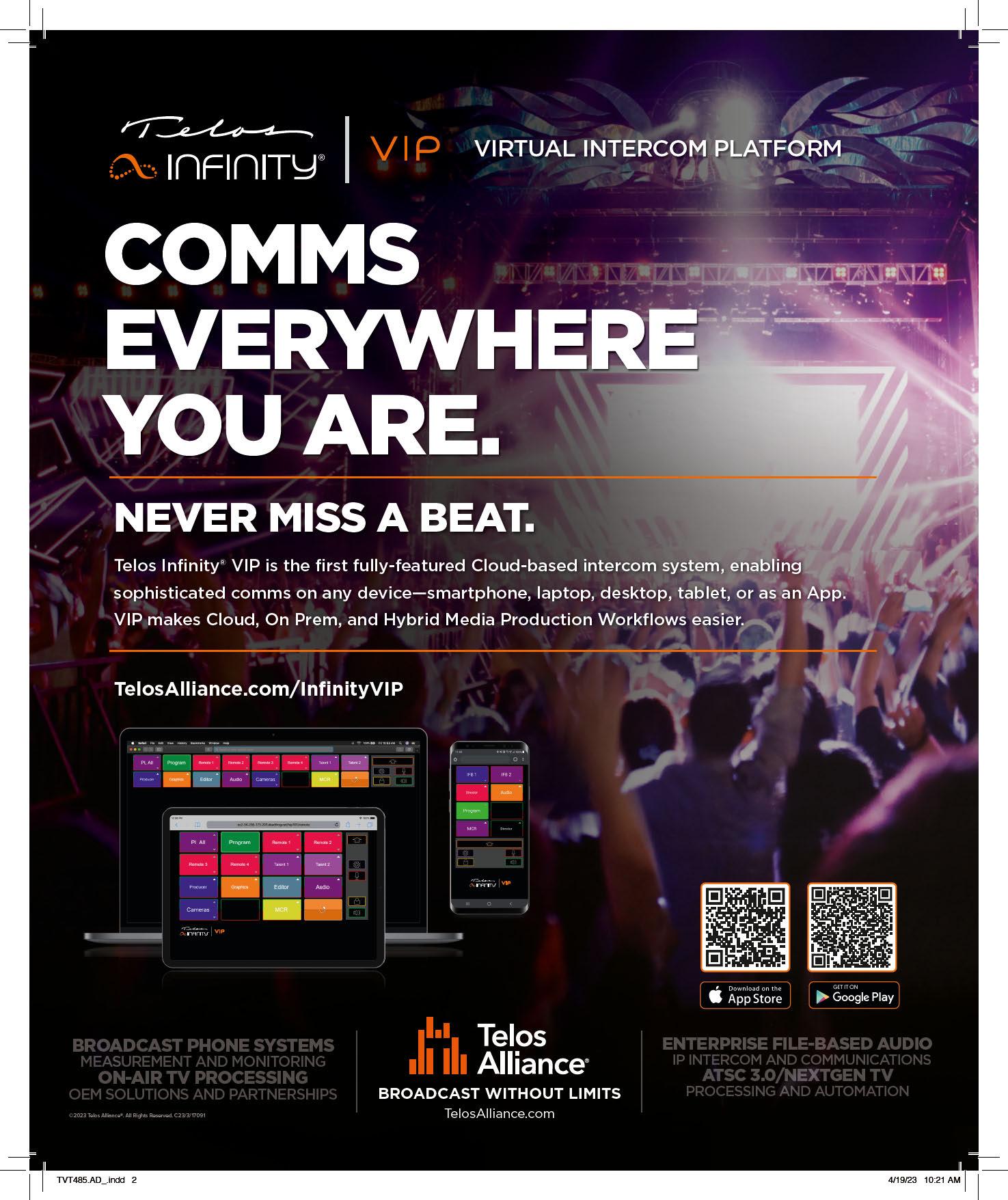
of bandwidth they care to pay for. The user experience of ATSC 3.0, meanwhile, with its interactive streams, seems to lean toward the interactive world more than any previous broadcast standard, something the cloudheavy zeitgeist NAB Show highlighted.
None of this matters, though, unless the standard is enthusiastically adopted, and that’s the big news for ATSC 3.0 at the 2023 NAB Show. FCC Chair Jessica Rosenworcel announced the launch of the “Future of Television,” initiative (see p. 18), a collaboration between the FCC and the NAB intended to deal with the issues arising largely from a lack of backward compatibility between the original ATSC standard, retroactively dubbed 1.0, and the more recent 3.0 specification. That’s an issue in which Rosenworcel herself has taken an interest since at least 2017, when, as a commissioner, she carefully disagreed with the push for next-generation TV standards for very much that reason.
The new organization is tasked with addressing the issue on three fronts: “existing hardware, the technical aspects of executing the transition, and other regulatory issues implicated by the evolution in broadcasting standards.” There is little doubt that consumers with 1.0-compatible gear will need to buy something to view pictures broadcast according to the newer standard, although the free-to-air part of the business seems very keen on ATSC 3.0 as its savior, and frustrated by the current requirement to broadcast both the old and new standards in parallel, for compatibility’s sake.
CUSTOM AND MODULAR
The ATSC’s work sees traditional broadcast adopting morsels of network technology. Much of the show, meanwhile, approached things from exactly the opposite direction: network services people finding ever more broadcast infrastructure migrating their way.
There are as many ways to apply cloud infrastructure to broadcast workflows as there are broadcast workflows, which seems to be the philosophy underlying companies such as TrackIt. The company describes itself as “an AWS Advanced Tier Services Partner,” which means that it specializes in turning the sheer computational and storage muscle of Amazon’s vast infrastructure into usable tools. AWS, for its own part, seems to prefer largely to concentrate on building out the big iron rather than creating end-user applications, its Studio in the Cloud and related initiatives notwithstanding.
TrackIt’s work involves building things with the Lego bricks of functionality provided by AWS, something that might otherwise demand savvy users or a software engineering team. Company President Brad Winette explains by example: “We have a customer who is re-monetizing all their content, but they’re now sending it all over the world, and you encounter different standards and practices. I can send something with nudity to one place, but no smoking over there. Over here, hey, I can have all the violence I want but no nudity.”
Fixing that might traditionally have required a long-winded examination process involving high-priced facilities and labor. “So we built a custom tool,” Winette goes on, “using AWS Legos to put together a webbased viewing application. I go down the list—I’ll keep this one. I want to delete that one. I don’t know what to do with this, I’m gonna add a note. An editor can pick it up and really quickly go in and make the cuts. This customer had something like a three month return on investment. It took no time at all for them.”
CAMERA TO CLOUD
One realization is that the workflow Winette describes might involve comparatively little data downloaded from the cloud. With film and TV beset with enormous data, the specter of exit fees has sometimes dulled the gloss of at least some cloud applications. Even so, specifically in the domain of acquisition, the NAB Show might actually have been the camera-tocloud event.
Consider Teradek, manufacturer of wireless video links, which have long held the heart of crews on single-camera dramas. The company’s low-latency technology has found friends among those who might need to operate cameras, or pull focus, demanding lag-free monitoring. Cloud services might seem less relevant here than to someone distributing video to consumers at enterprise scale. Teradek’s realization is that the network also represents a means to send live video feeds for the enjoyment of executives and creatives who might prefer to work from home rather than travel to set.
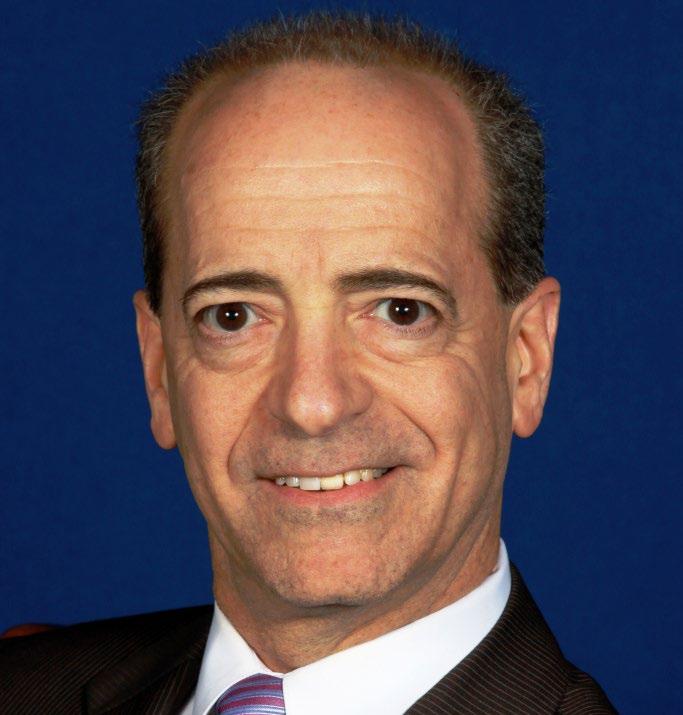
“Last year, we showed solutions for a single camera,” Teradek’s Colin McDonald begins, “streaming to a local network, so devices on set can access a stream of what’s being recorded, or you can use those devices to stream remotely to viewers around the world. Producers, executives, those kinds of people.”
Options have recently expanded, as McDonald continues. “You can upload multiple cameras to the cloud. We offer our core solution, which is mostly geared towards live streaming, although it does have recordings as well that you can then download later or you can connect to thirdparty cloud platforms. What we’re trying to do is kind of be that on-ramp to the cloud.”
Opening up a working set to that kind of real-time scrutiny will bring a chill to the spine of anyone who’s ever worked on a commercial where the executives turned up to watch (and, inevitably, interject). Still, the option to distribute that kind of material securely to a remote editor is a powerful one, and second unit directors might find a warm, fuzzy feeling in having the main unit sign off on their work.
NDI VS. 2110
The clear success of the cloud puts one thing into sharp relief. SMPTE-2110 saw adoption by Blackmagic Design at the show, but the company seems almost obstinate in its refusal to adopt NDI, possibly because it’s proprietary. What makes NDI popular, though, is that it can make very modest
12 show review May 2023 | www.tvtech.com | twitter.com/tvtechnology
“[ATSC 3.0] allows broadcasters to flexibly trade off capacity for robustness, unlike current digital systems where you’ve got a fixed amount of bandwidth that you can put over the air.”
SKIP PIZZI, ATSC

demands on bandwidth and timing, making it cloud-friendly, whereas 2110 makes taxing demands on bandwith and timing, and it is very much not cloud-friendly.
It’s worth a brief digression about why 2110 is so demanding. It’s an absolutelyno-compromise replacement for SDI, transporting uncompressed pictures, so even a simple HD image demands over a gigabit per second of data. That’s more than the Ethernet port on most computer motherboards will handle, not to mention high frame rates or UHD. We might plug a 10G Ethernet card into a powerful server, but even then, the tight timing required for genlock means that writing computer code to generate SMPTE-2110 (a “software stack”) is, well, yet to become practical.
In practice, SMPTE-2110 generally means a specific I/O card with an Ethernet port on it, which queries the idea that IP would let us use commodity networking equipment and gain the benefits of routing and switching. In practice, it demands a rather rarefied class of commodity networking equipment, which is often costlier than SDI gear to do the same job.
SMPTE-2110 is technically excellent, but it’s been called a computer standard developed by video people, to the extent that it provoked one frustrated (and anonymous) engineer to create the website https://stop2110.org. All of this puts 2110 at loggerheads with the firm push toward cloud integration and commodity IT we saw at the show.
NDI sacrifices much in terms of genlock and compression, but it is so very much easier to implement that, in a pinch, it might even be run over by an existing corporate network. It works better if we run some fresh copper to create a private network for video data, but even that can be done with practically consumer-grade components.
One company that moved early in this direction is JVC, which has been offering similar things for years in its Connected Cam range. The intent here was always to send video over the public internet, as well as private local area networks. NDI is an understandable adoption for JVC at the NAB Show, but should be seen in the context of the company’s history of making things that are highly interoperable and draw new value from existing investments.
Craig Yanagi, JVC national product manager for professional video, says NDI is becoming more prevalent among its customer base.
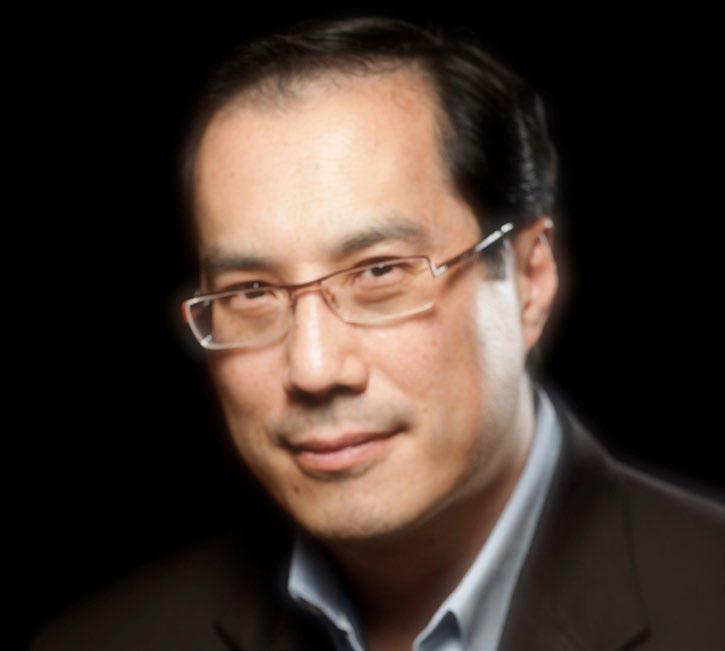
“The way I would describe it is that NDI with Ethernet is very similar to what Firewire was back in its day,” he said. “It’s becoming the most prevalent infrastructure
CRAIG YANAGI, JVC for production, and in particular, live production. It’s simple and inexpensive, with
At the NAB Show, Teradek showed its Ranger 2.0, which is capable of sending uncompressed 4K at zero latency, according to the company.
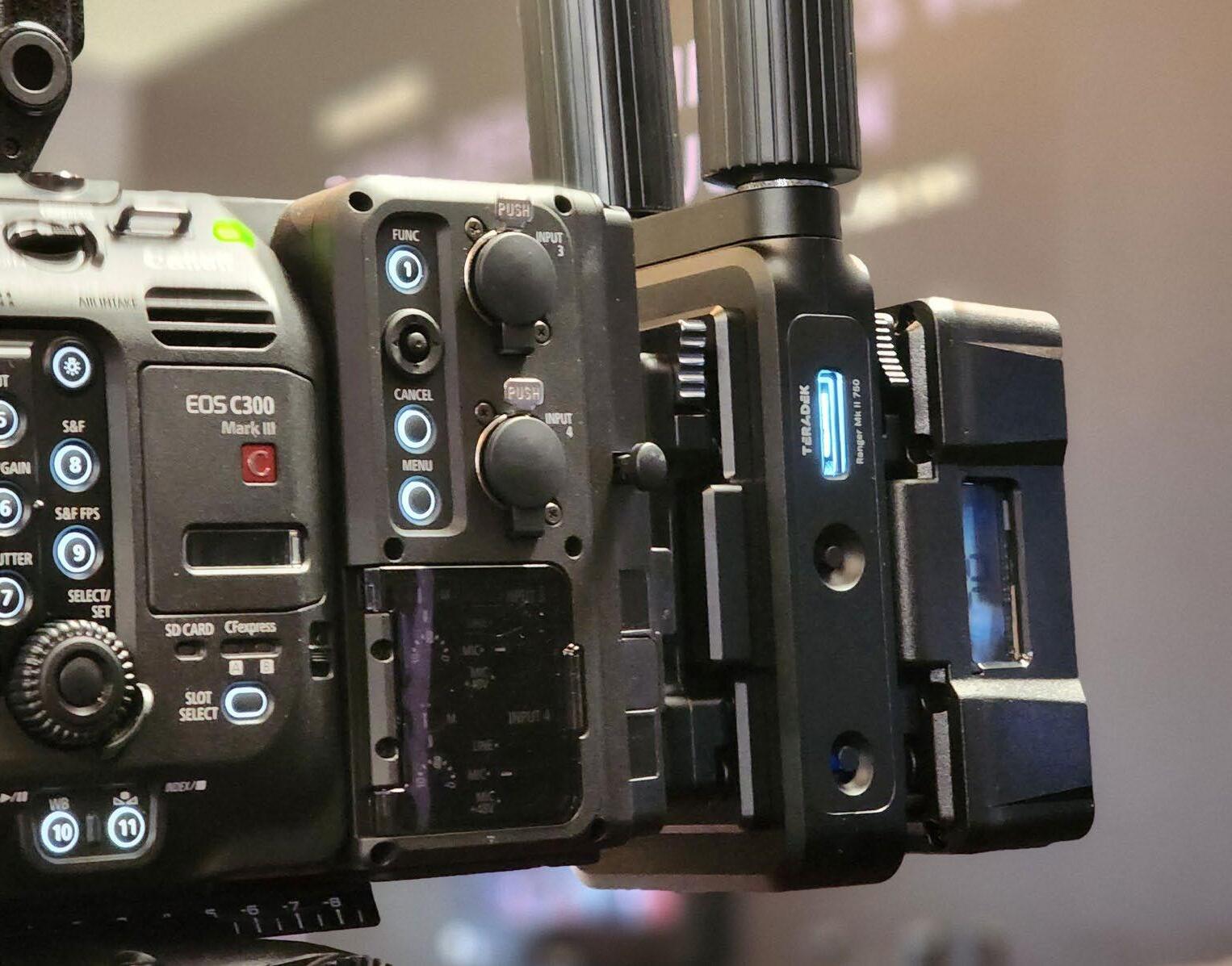
very low barriers. We’re seeing it with remote production, especially for churches, for services, education and teaching.”
Remote production, particularly with PTZ cameras, boomed massively in popularity during the pandemic, and JVC found itself deeply involved. Yanagi’s perspective is personal: “my wife was a teacher during Covid, and she had to provide lessons. That’s rough, that’s hard work. It was very, very difficult, especially for her. But it got to the point where she was probably more astute about mobile production than I was!” JVC’s presence at NAB 2023 involved NDI-related improvements to several of its products, not least the NDI|HX3 update for its KY-PZ510N PTZ camera.
The HX3 version of NDI is intended to reduce bandwidth demands while maintaining high-end results. If the question is a choice between that and SMPTE-2110, the answer might be an uncomfortable confrontation of our interest in convenience over our demand for excellence. 2110 is excellent, but thoroughbred. NDI is convenient, but less refined.
When broadcast standards were defended by stern-faced engineers, the choice might have been a foregone conclusion. In 2023, when ATSC 3.0 is visibly chasing some of the capabilities of YouTube, and when YouTube is often produced by people shooting chickenfeed bandwidths on cellphones, the future is harder to divine. l
14 show review May 2023 | www.tvtech.com | twitter.com/tvtechnology
“NDI with Ethernet is very similar to what Firewire was back in its day. It’s becoming the most prevalent infrastructure for production, and in particular, live production.”
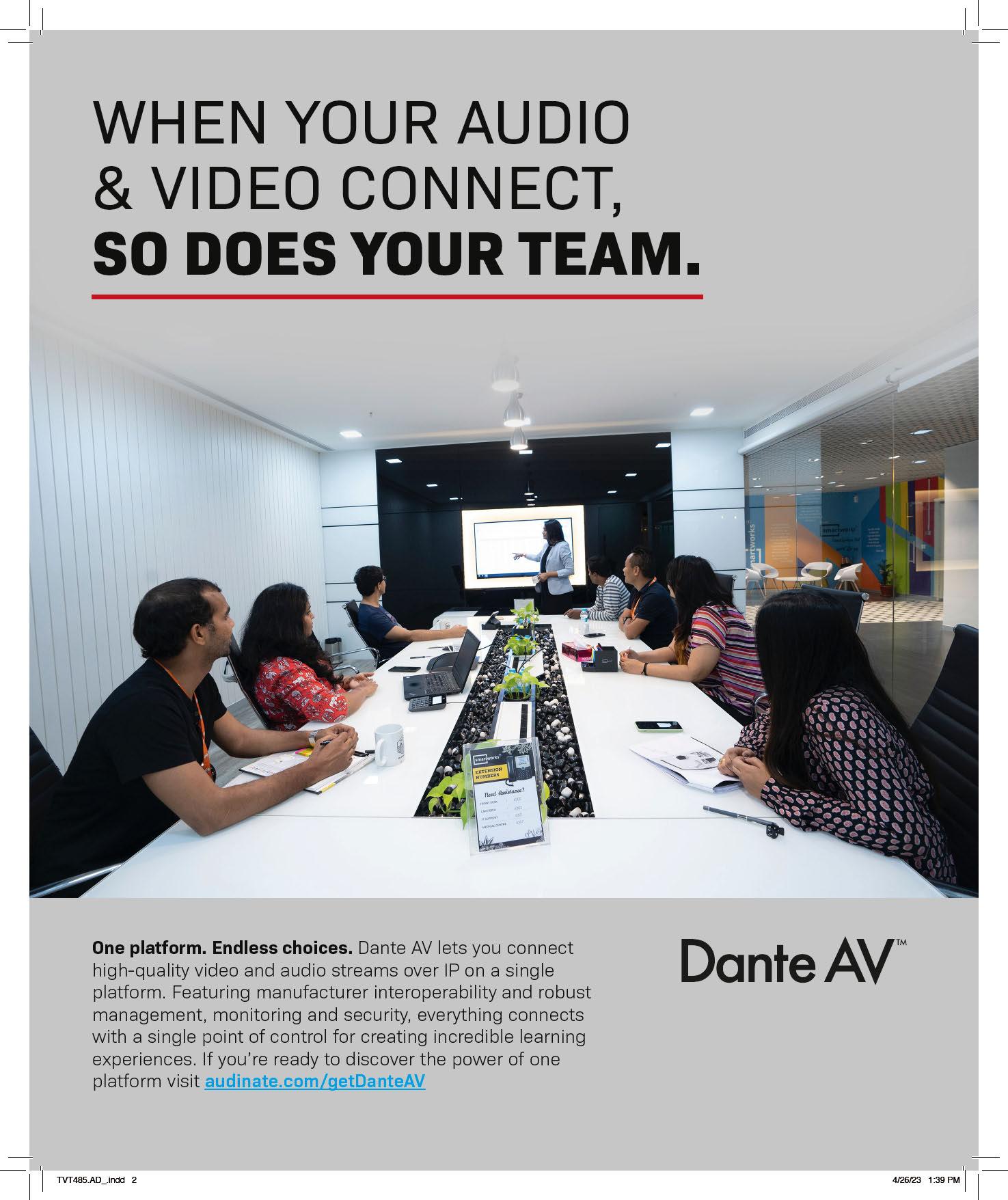
Despite Challenges, NAB Chief LeGeyt Says Next 100 Years Look Positive
In welcome address, CEO says broadcast TV, radio have a street-level edge in media ‘arms race’
FREE, LOCAL, LIVE
By Michael Malone
NAB President and CEO Curtis LeGeyt sat for questions from Gabriela Teissier, anchor at Univision’s KMEX Los Angeles, during NAB

Show’s welcome session. LeGeyt said the show’s 100th anniversary allows the NAB to reflect on the past and sort out how to best help members in the future.
“The thread throughout all of it is innovation,” he said. “Innovation in service to our local communities.”
LeGeyt spoke of the “arms race” in terms of the modern media age, as the likes of Google, Amazon Prime Video, Spotify and other tech giants fight traditional media for users and revenue dollars. LeGeyt stressed that broadcast is unique in that it covers news at the street level. “We have the boots on the ground in local communities,” he said, “and that’s something no one else is doing.”
The pandemic was a reminder, LeGeyt said, of local broadcasters’ role in the communities it serves. Each subsequent severe weather event or other major local story is another reminder. “It’s very, very clear where broadcasters thrive—free, local, live,” he said.
ATSC 3.0 enhances local broadcast’s role in the community, LeGeyt added, noting how 60 markets now feature the standard also called NextGen TV.
Teissier asked about radio’s efforts to maintain its presence in automobiles. LeGeyt cited the “fierce competition for real estate on the dashboard,” involving the newer media players. Making radio’s battle more difficult, he said, is that the industry has a vast array of owners, while the likes of Sirius XM and Spotify have but one.
“If we’re not all rowing in the same direction as an industry,” LeGeyt said, “we’re going to lose this arms race.”
Cable TV, podcasts and other digital media often offer users a forum among those who share their take on the world, LeGeyt said. Local broadcast, for its part, brings people with “different world views, different persuasions, different interests” together with unbiased content. Reporters in a given community know the best way to communicate with consumers in that region.
LeGeyt stressed that AM radio remains “very relevant,” reaching rural communities and serving as backbone of the Emergency Alert System.
Teissier asked about Spanish-language consumers, and LeGeyt mentioned that that demographic is most reliant on local broadcast. “They are far and away the most susceptible to disinformation on social media,” he said.
Local broadcast is “filling an enormous void left by the newspaper industry,” said LeGeyt, and has the support of the lawmakers he
16 opening session Credit: NAB
May 2023 | www.tvtech.com | twitter.com/tvtechnology
NAB President and CEO Curtis LeGeyt (l.) and KMEX Los Angeles anchor Gabriela Tessler at NAB Show’s welcome session on Monday.
encounters in Washington.
Moments before FCC Chairwoman Jessica Rosenworcel took the stage, LeGeyt pressed for “modernized” ownership regulations, which better reflect the state of media in 2023.

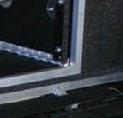
Asked about NAB weighing in on the FCC’s handling of the proposed Standard GeneralTegna merger, LeGeyt said NAB typically stays out of mergers and acquisitions. But he felt the “uncertainty” in the FCC’s regulatory process may get in the way of further investment in broadcasting. “Do some fundamental changes need to be made to that process?” he wondered.
AI: PROS & CONS















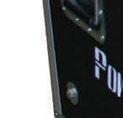





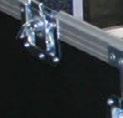









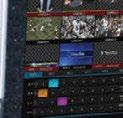



Teissier also asked about AI, and LeGeyt said such technology can both help and potentially hurt broadcasters. AI can help stations better understand what’s going on in their communities and can free up reporters to be out in the field more. He’s also concerned about content creators being fairly compensated and the potential for mistakes in reporting rooted in AI.
“There are a lot of opportunities but I want to wave the caution flag,” he said.









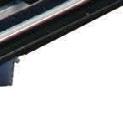
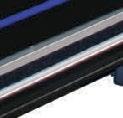


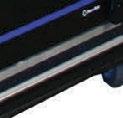

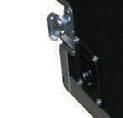
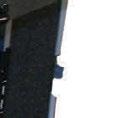





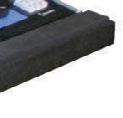


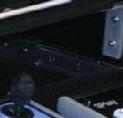
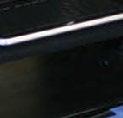



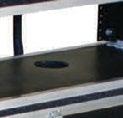
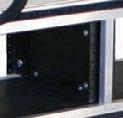
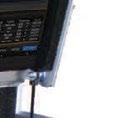
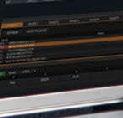
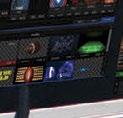
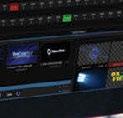


The future looks bright for broadcast, the NAB chief said, but it will take hard work. “I couldn’t be more excited to lead that fight,” LeGeyt concluded.
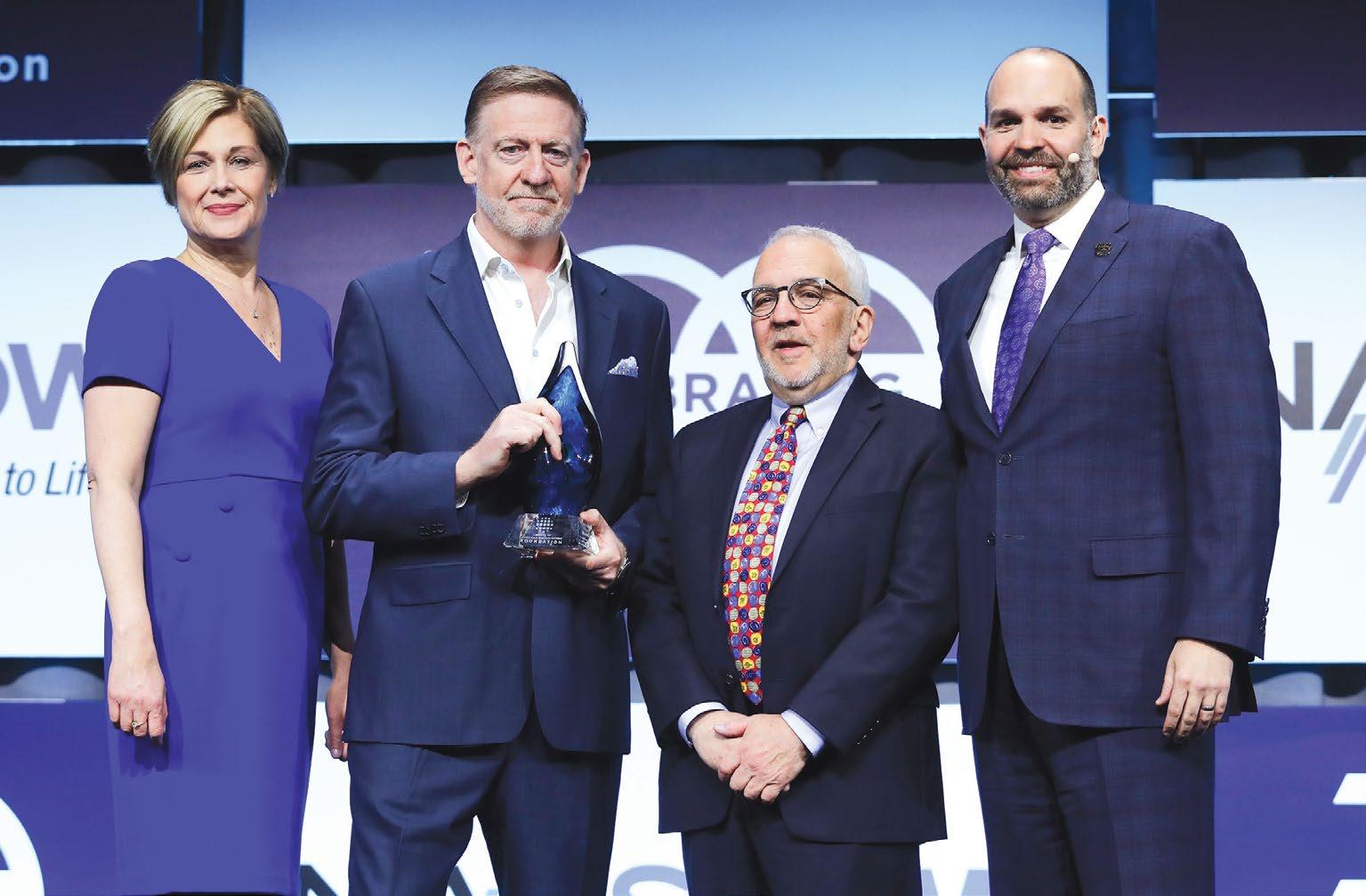



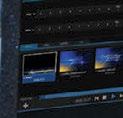


His words seemed to resonate with the audience. Phil Lombardo, CEO of Citadel Communications, said, “I think that he’s got a great grasp of the issues; he communicates


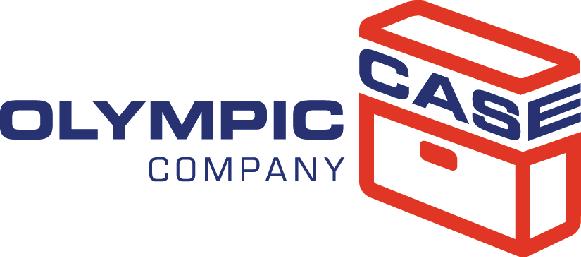
his point of view and the NAB’s point of view; and he talks about broadcasters in the most favorable light—that we’re here to serve our local communities. He makes that point time and time again and that’s what you want from the CEO of the National Association of Broadcasters.” l



© NAB 2023
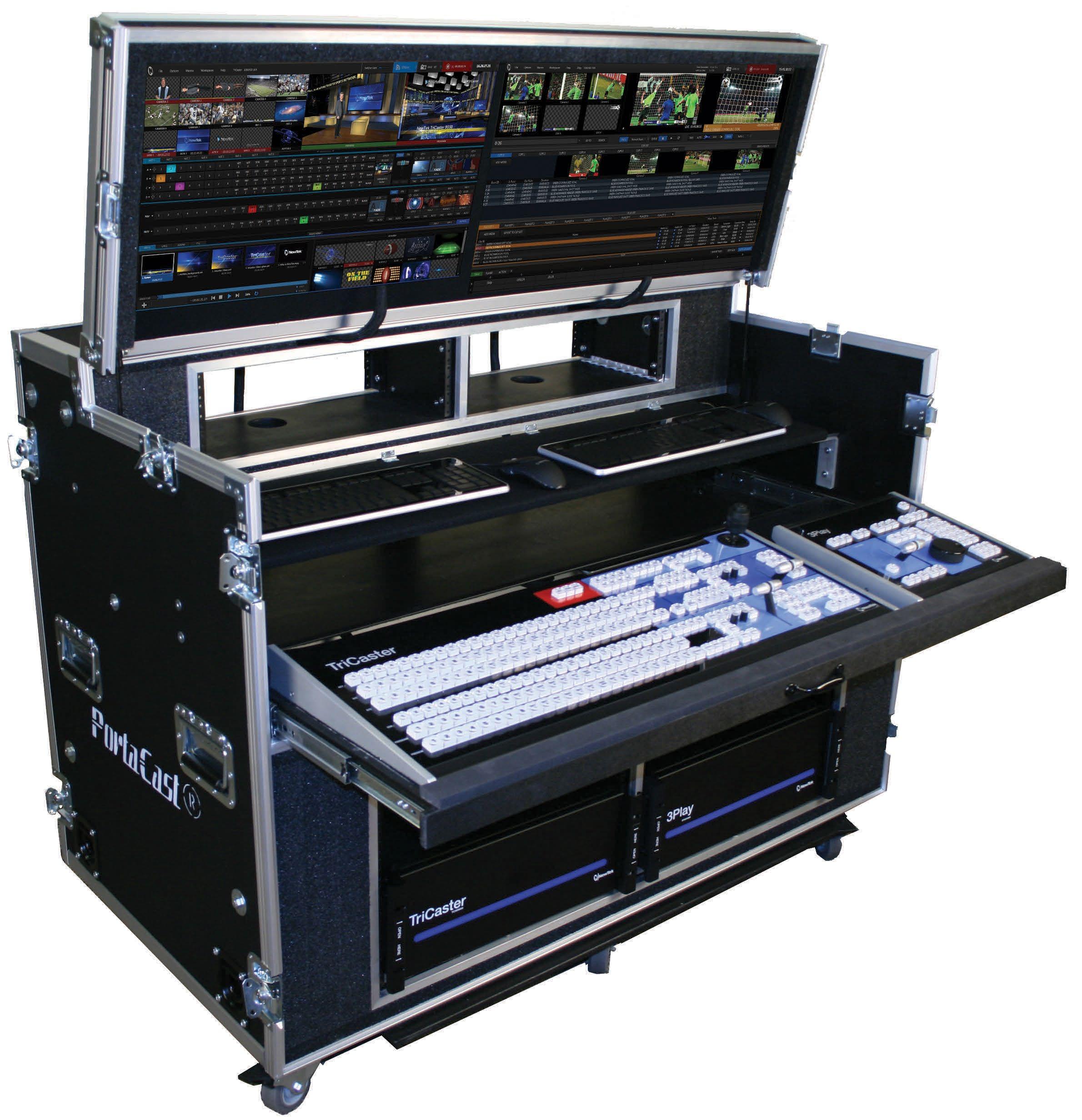


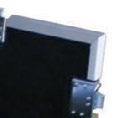



preview
Credit: NAB
The Library of American Broadcasting Foundation’s second annual Insight Award was presented to CBS newsmagazine “60 Minutes” during the welcome session. (L to R): Session co-chair Heidi Raphael of the LABF; “60 Minutes” Executive Producer Bill Owens; session co-chair Jack N. Goodman and NAB President and CEO Curtis LeGeyt.
FCC Chief Rosenworcel, NAB Set Initiative to Complete Transition to ATSC 3.0
‘Future of Television’ group will help set regulation for NextGen TV era
associated with ATSC 3.0.
As a result, “we’ve pulled together a publicprivate initiative designed to consider some of the challenges ahead from both industry and consumer perspectives,” she said. “We’re calling it The Future of Television Initiative.”
The initiative will gather government and public interest stakeholders to develop “a roadmap for the transition to ATSC 3.0 in a way that serves the public interest,” Rosenworcel said.
It will have three working groups. The first will take a consumer perspective, especially because ATSC 3.0 cannot be received by sets with current TV technology.
“We can’t saddle consumers with unworkable sets or big expenses just to continue watching the local television they know and trust, so we’re going to have to figure this out,” she said.
By Jon Lafayette
FCC Chairwoman Jessica Rosenworcel said the commission will work with NAB on ways to complete the change to ATSC 3.0 and compose new rules and regulations for the time after the transition is complete.
Speaking at NAB Show, Rosenworcel emphasized the importance of NextGen TV to viewers and broadcasters looking to compete with digital rivals.
While broadcasters have the opportunity to build new digital business and revenue sources using the new technology, maintaining a trusted source of local news and community information is urgent. “I truly believe it is important for the future of our democracy,” Rosenworcel said.
“We have seen an explosion of programming from new sources, but so much of it is filtered through algorithms that favor
enragement, privilege the angriest voices and segregate us into separate information bubbles,” she said. “We are going to need a common set of facts and survey after survey tells us that local broadcasters are still the most trusted source of news. Lean into it, because it makes a difference.”
STILL WORK TO DO
Rosenworcel noted that ATSC 3.0 signals are already available in 60 percent of the U.S. and that TV manufacturers are starting to include ATSC 3.0 tuners in their latest sets.
“Now that we finally have ATSC 3.0-compatible equipment in stores and headed to homes, we could really start to see the promise of NextGen TV become a reality in the not-too-distant future,” she said. “But it’s going to take some work.”
Rosenworcel said NAB leadership approached her about developing a group to work through the “big-picture” issues
The second group will look at completing the transition, which has been voluntary to this point. There is no set date for when ATSC 1.0 will go dark, as analog TV signals did. The group will determine “what are the conditions we need to get to the other side,” she said, “We’re going to have to develop a vision for everything from the state of simulcasting to the capacity for multicasting to the right labeling standards for tuners.”
The third working group will look at posttransition rules. The FCC has created interim rules allowing multicasting on a temporary basis to balance the need of the industry with the cost to consumers. She said that balance will be updated from time to time.
“When we reach the future, we’re going to need clear rules and a clear understanding of how they fit in communications law,” Rosenworcel said.
The initiative will be hosted by NAB, but the FCC will be an active participant.
“The future of television initiative is going to be reaching out to stakeholders soon because this big-picture dialogue needs big-picture participation to be successful,” Rosenworcel said. l
© NAB 2023

18 new tech is new business Credit: NAB
May 2023 | www.tvtech.com | twitter.com/tvtechnology
FCC Chairwoman Jessica Rosenworcel spoke at the NAB Show’s opening session.
How an Oscar-Winning Film Was Produced Remotely
‘The Boy, The Mole, The Fox and The Horse’ lined up 120 people in 15 countries
By Jon Lafayette

Remote production, accelerated by the pandemic, can now do some incredible things. In fact, the animated holiday short film “The Boy, The Mole, The Fox and The Horse” became the first remotely produced film to win an Academy Award. When it had its debut in December on BBC in the U.K., it drew more than 7 million viewers. The film is now available on Apple TV Plus.
To make the film, 120 people in 15 countries were tied together over LucidLink.



The Main Stage session “How to Win an Oscar With a Fully Remote Creative Team,” sponsored by LucidLink, featured two of the creative managers on the film, Mike McCain, an art director and visual development artist,
and Ben Wood, animation senior support specialist.
Moderator Dave Leopold, LucidLink’s strategic development director, noted that this show was creating a playbook for remote productions going forward.
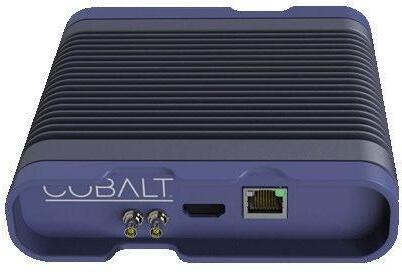
Being in charge of technology for the film’s art department, Wood said one of the first things he needed to do was to access the people working on the project and the electronic equipment they had to work with.
One important factor was bandwidth, he said, “because we were still deep in the COVID pandemic and it was important to know if I’d be able to remotely get into their system while they were on the machine.”
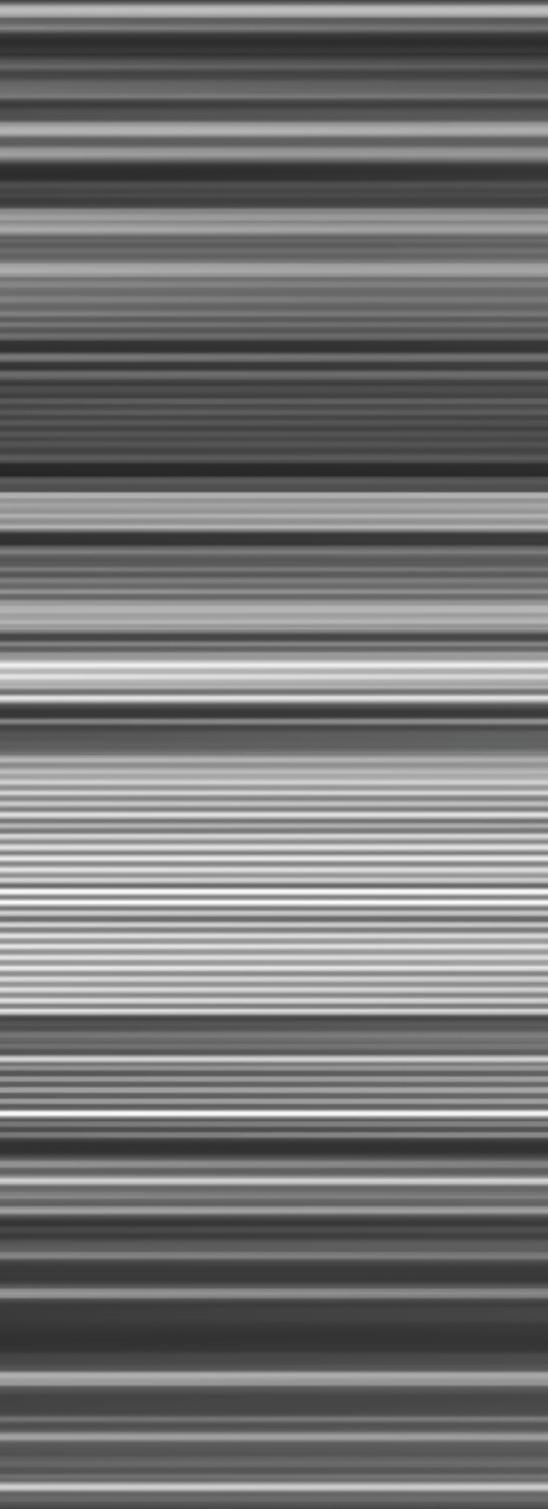
While the people hired had amazing creative abilities, he added, they did not have the best
machines at home. “In about two or three cases people had to buy new iMacs because it can support the latest OS.”
“The remote aspect to leading this team was incredibly daunting,” McCain added. The team had some early Zoom calls to demonstrate techniques. “The early phases were laying the track for the train,” he said. “By the end of the project, we had a lot of momentum.”
The author of “The Boy, The Mole, The Fox and The Horse,” Charlie Mackesy, used his own unique watercolor style to illustrate the book. That style would prove tricky to translate to film until they found the right kind of brushes to use in Photoshop.

“I think with any adaptation of a book, especially something that’s so beloved as Charlie’s book had become, I felt there’s always that sort of initial trepidation,” McCain said. But to the credit of the film’s producers, “pretty much as soon as I saw some of the early story animatics and storyboards, I was just excited and hopeful that we could make it through this whole thing and stick the landing.” l
© NAB 2023

remote production
Credit: BBC Pictures
How ‘The Rings of Power’ Is Fueling New Cloud-Based Collaboration Tech
Tools developed for big-budget streaming shows were being showcased by NAB Show exhibitors
By George Winslow
Amazon Studios’ “The Lord of the Rings: The Rings of Power” is widely known as perhaps the most expensive and lavishly produced series in the history of television and streaming media. The NAB Show session “A Case Study: Color and Finishing in the Cloud,” also highlighted how the program’s pioneering cloud-based collaboration tools promise to revolutionize production processes in years ahead for many other series, large and small.
During the session, Jesse Kobayashi, cofounder of The Modern Film Consortium and VFX producer on “The Lord of the Rings: The Rings of Power,” discussed how Blackmagic Design, Company 3 and Amazon Web Services (AWS) collaborated to create an entirely cloud-based infrastructure for conform, colorgrading and to deliver the show.
“This technology has done something that’s important,” Kobayashi said. “It’s democratized storytelling. What’s so amazing about being here at NAB Show and speaking to you about
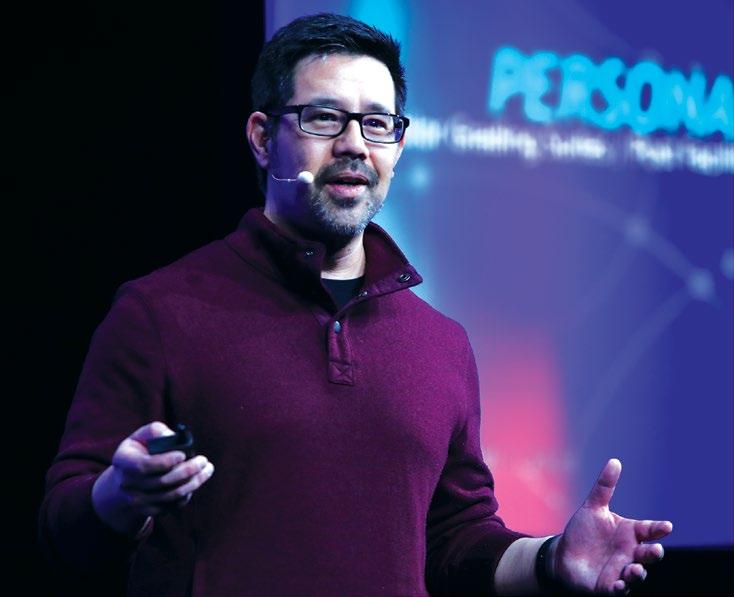
our experiences in creating ‘The Rings of Power’ is that when you walk the floor, you now see these tools available to all of us and to shows of all sizes. That is really exciting.”
While the results of these technologies can now be applied to productions large and small, which were exhibited by vendors like Blackmagic Design and AWS, much of the

original development work for the cloudbased production tools was designed to handle a production of mind-boggling scale and complexity.
“We had 186 hours of 4K camera dailies,” Kobayashi said. “We tracked over 9,164 visual effects shots. And we delivered more than 480 minutes of blockbuster action to Amazon Studios” from a production that “involved 12 global VFX vendors spanning three continents around the world.”
“We knew we needed a modern solution in order to deliver a show like this,” he said. Working with the team at Amazon, “they knew the answer for this was going to be leveraging the cloud in a way to bring together this global workforce in an efficient way.”
To do that, they set up a Pixstor storage solution in Auckland, New Zealand, and had 100-Gbps connections between two studios in Auckland. These were connected to AWS cloud storage in Sydney, Australia.
Finally, they created a pioneering camera in the cloud system to deliver footage securely to AWS by working with Rebel Fleet in New Zealand.
“This gave us the flexibility, the automation and the protection that we needed to feel safe that our most important asset or camera negative was being stored securely,” he said.
To develop a system so all the creatives around the world could collaborate, they turned to Blackmagic Design—already an integral part of the production, supplying equipment and software—and the postproduction firm Company 3.
Blackmagic Design worked closely with Company 3’s dedicated engineering team to facilitate the creation of what would be essentially a post-production studio in the cloud, with color-precise High Dynamic Range (HDR) monitoring synced live at each location.
Based on AWS architecture, the solution allows media to be manipulated and conformed in the cloud as if all involved were in the same location, using local storage to hold the media.
Looking ahead, Kobayashi is already working on some new projects using these tools. But companies need to pay attention to a number of new requirements if they want to take full advantage of them, he stressed.
“Understanding the importance of interconnectivity and having the right people when it comes to IT staff, asset management and storage, is crucial,” Kobayashi said. “Those things need to be as much of a standard part of production as having trucks and food on the set.” l
© NAB 2023
20 democratized storytelling Credit: Amazon Prime; NAB
May 2023 | www.tvtech.com | twitter.com/tvtechnology
Jesse Kobayashi, co-founder of The Modern Film Consortium and VFX producer on “The Lord of the Rings: The Rings of Power,” talks about the pioneering cloud-based tools used on the show.
NBA Drives Advances in Cloud Streaming Architecture
Retooled League Pass app now offers a host of advanced features
By Mark Hallinger
Among the big sports leagues, the National Basketball Association is a clear leader in fan engagement and streaming options, with its NBA League Pass offering recently rebuilt to include functionality not typically found in over-the-top sports streaming apps.
This was the subject of a case study session at NAB Show that included the NBA, Microsoft and MediaKind titled “How the NBA Rebuilt Their Streaming Architecture in the Cloud.”


The league utilized a new architecture in the cloud to scale up or down according to production requirements and achieve greater control of features while improving pure video quality. League Pass includes high-end features such as multiple feeds synchronized to the game clock and wall clock, high-scale targeted ad insertion, lower latency than cable and support for an array of complex and dynamic entitlements to facilitate monetization and global enforcement of linear rights.
LIGHT-YEARS AHEAD
The NBA’s offering is light-years ahead of the pack, said Simon Crownshaw, worldwide lead for media and entertainment at Microsoft. “I think the NBA app that they’ve created is almost a blueprint for future teams, leagues and others on how to engage fans and bring live content to life,” he said. “We’ve had conversations with several other leagues who ask, ‘How do we do that?’”
One fundamental of the NBA’s media strategy—specifically its digital plan—was always to control the metadata, including clock and score values, NBA Executive Vice President, Media Operations & Technology Steve Hellmuth said. The second fundamental was to control video networks.
“In Microsoft and MediaKind, we found partners that wanted to share our ride, to get all that synchronous data combined in the cloud while improving video quality,” Hellmuth said.
One key to moving forward for Microsoft is continued investment and R&D in technology
and partnerships, Crownshaw said. By this, he means hiring the right people in cloud, networking and storage spaces.
The company has also made a deep investment in AI. “From an archive process, it’s gone deep,” Crownshaw said. “It’s been phenomenal and we’ve grown leaps and bounds in this space through listening and understanding and partnerships, and from getting organizations like the NBA to trust us.”
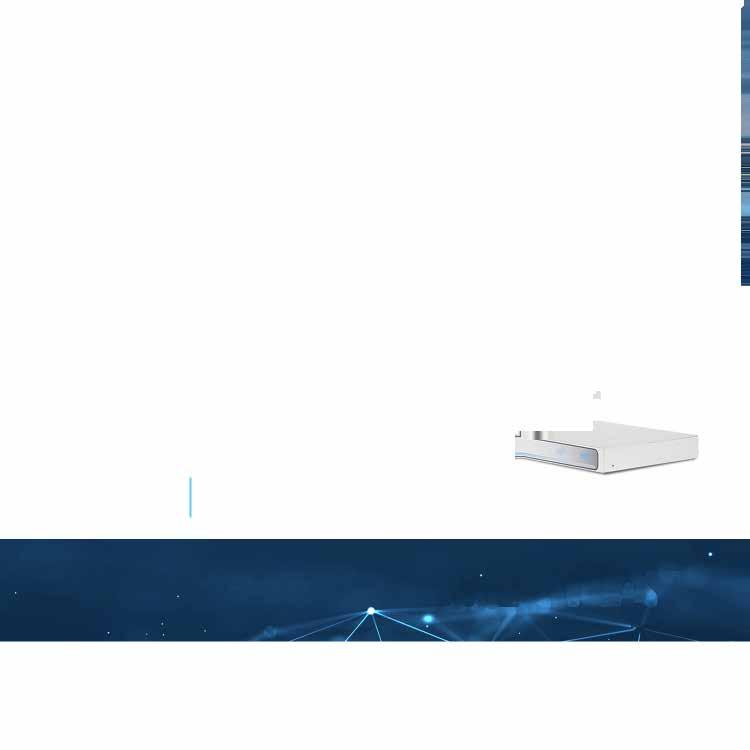
He added that AI has really changed the “cloud conversation” in recent years, with the technology offering whole new ways to automate processes and use data in new ways.
The NBA is producing mainly foreignlanguage content in the cloud, said
Hellmuth, but he sees this changing soon. “What I ultimately want to do is to hand Brazil a production tool in the cloud that allows them to produce and deliver a game in the cloud, which NBA can then deliver around the world,” he said.
Tracking what fans are doing in the app to adjust or personalize the experience is also key, Hellmuth said. One feature is the ability to sync statistics and see stats while watching. l © NAB 2023
game plan for sports streaming Credit: NAB
(L to R): Erik Ramberg of MediaKind, Simon Crownshaw of Microsoft and the NBA’s Steve Hellmuth talk about the pro hoops league’s game plan for its League Pass app.
Racing Drones Bring ‘Video Game Perspective’ to Live Snowboard Competition
How Uncle Toad’s Media Group tackled the Natural Selection Tour’s coverage from Canada
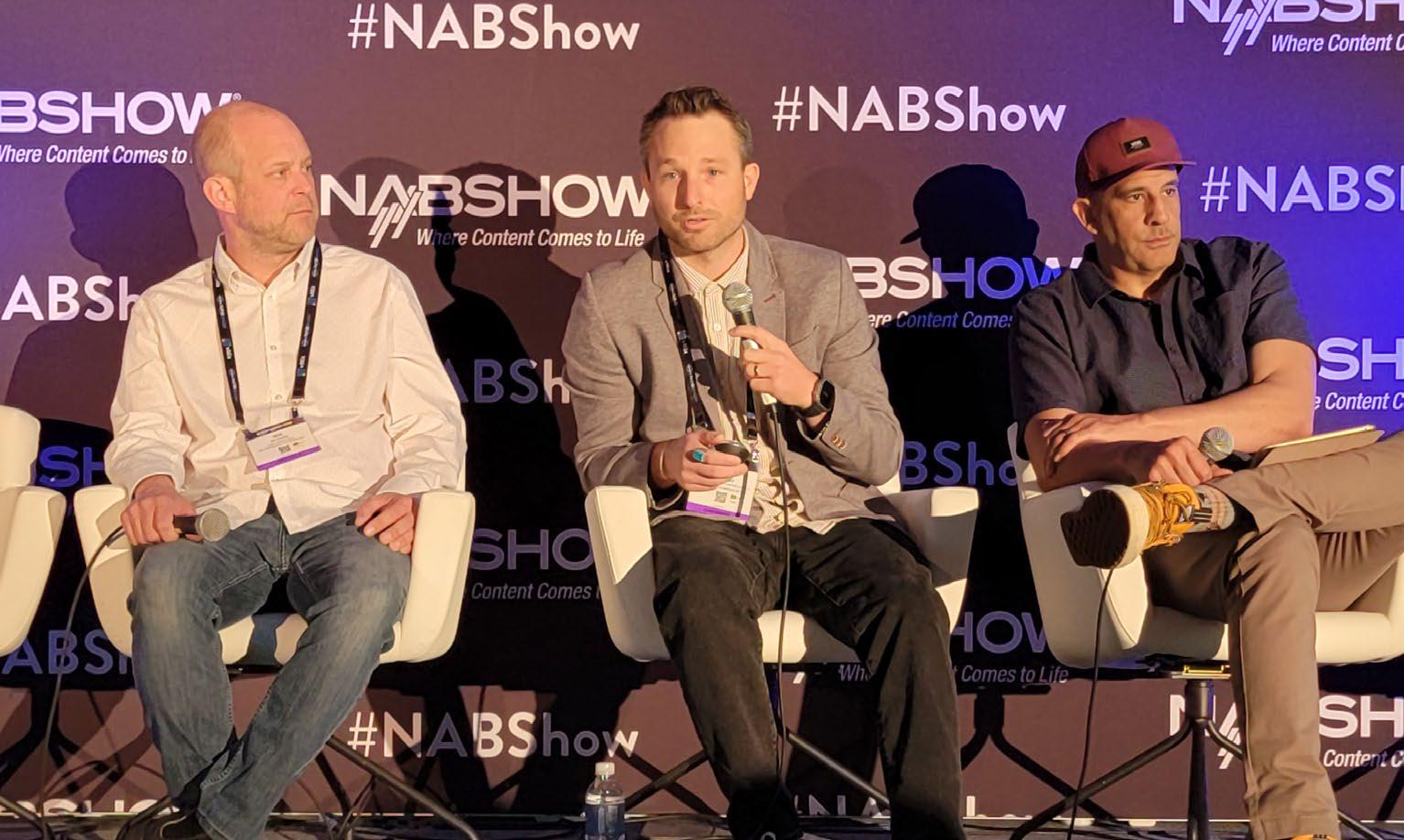 By Phil Kurz
By Phil Kurz
Imagine flying behind 12 of the world’s top snowboarders as they make dangerous, remote runs through deep, fresh powder in the mountains around Revelstoke, British Columbia, Canada, and doing it live with cinematic flair. That was the vision Uncle Toad’s Media Group brought to the production of the Natural Selection Tour, a demanding backcountry snowboarding competition through some of the most challenging terrain imaginable.
Jordan Velarde, Uncle Toad’s founder and executive producer; Chris Steblay, also an executive producer and creative director at the media group; and Ben Boriss, vice president at RF Wireless Systems, discussed the production during their “Racing Drones and Live REMI Production” session.
“We kind of invented a lot of ways of doing things because—for lack of a better term—we didn’t know any other way to do it,” Steblay said.
POTENTIAL DANGERS
In practical terms, that meant modifying airborne racing drones to capture 1080p 59.94 stabilized video of snowboarders from above and behind the athletes as they made their way down the mountain.
It also meant setting up a base of operations 20 miles from civilization in snow that in places was waist-deep, beaming live video via satellite to a centralized production control room in Santa Monica, California, for a classic remote integration model (REMI) production.
The remoteness of the location required all video gear and crew to get to the site via helicopter, Steblay said. The potential danger of the surroundings also required those on-site to don avalanche survival gear, he said.
“When we first started visiting some of our locations, we realized you’d need 50 cameras,” Steblay said. “You’d have to fly in trucks … [and] drop them in in the summer. The budget did not allow for us to cover it like we would all be used to.”
“We really wanted to bring that big show to the mountain, so that’s where we kind of realized we needed to be wireless,” he said.
“We could do a small setup on the mountain and transmit to an area where we can do the production.”
Maintaining wireless connectivity with the drones to transmit live video from the aircraft was particularly challenging.
“My mind was really kind of blown for a long time while I was really trying to understand the vision,” Boriss said.
TWO DIFFERENT DRONES
Using drones to follow the snowboarders on a field of play that was massive, delivering live video from wherever they went, combined with the presence of snow-covered treetops, boulders and other obstacles, compounded the challenge of the project for RF Wireless systems, he said.
Uncle Toad’s had a total of six racing drones prepared for coverage. At any given time, one was in the air and two others were flight-ready to take over in the event the drone in use was lost.
The company developed two different types of drones. One was a heavy payload model for the “gimbalized” lens drone. The most recent iteration of that drone was a DJI Inspire drone. The other type was the racing
drone, Steblay said.
The biggest challenge the REMI team in Santa Monica faced was getting connected to the Uncle Toad’s crew in the mountains, said Velarde.
“Usually, when we go to a venue, if there is a problem I’ll run to Ben at the venue and talk to him,” he said. “But we had to wait each morning for them to get to the location, for them to fire up the satellite, for them to then check all of the audio paths. … We had to go through that checklist before we could even talk to them.”
While a challenge, it worked well, enabling Velarde to speak with the team on the mountain “like they were in the other room,” he said.
The REMI production created another challenge for Velarde and others in the production control room: They had no firsthand knowledge about the layout of the field of play.
“Our true understanding of the venue—I saw what you guys saw,” Velarde said, alluding to those attending who watched clips of the production during the presentation. “It was a challenge to really understand it.” l
© NAB 2023
22 new views Credit: NAB
May 2023 | www.tvtech.com | twitter.com/tvtechnology
(L to R): Jordan Velarde, Chris Steblay and Ben Boriss of Uncle Toad’s Media Group
Carbonite Ultra 60 Leads New Ross Video Product Offerings
The keynote featured the company’s traditional “lightning round” of introductions
 By Mark J. Pescatore
By Mark J. Pescatore
Ross Video unveiled a lot of new products during its keynote address, which featured a number of executives.
The big reveal was the Carbonite Ultra 60 production switcher, which can be configured to support up to 60 inputs and 25 outputs, plus up to three MEs with six keyers, four miniMEs with two keyers, six multiviewers, six media stores, 12 channels of Digital Video Effects (DVEs) and more.
Beyond the new switcher, the keynote’s
traditional “lightning round” of new product introductions included four new openGear cards, two camera motion systems, the Voyager Trackless Studio, and three video server announcements, including the new Kiva Express (and new software for TRIA and MIRA).
President and CEO David Ross unveiled the company’s new theme: From idea to audience, let’s make it real. Ross Video has enjoyed 31 years of consecutive growth, he said, and now has a global manufacturing footprint of almost 200,000 square feet.
Other new products include the new
Spidercam X Dolly cable-mounted camera, which has a top speed of more than 13 miles per hour. There’s also the new D3 LED Perform Series of screens and the D3 LED Stage Series displays for live events. The company was able to shave a few pounds from each cabinet and incorporate an easy interlocking system, resulting in a more lightweight, manageable solution.
Ross said the company’s NAB Show contingent went from 80 people in 2022 to 280 this year. “We’re pulling out all of the stops,” he said. “We’re excited to be back.” l
© NAB 2023
exhibitor news Credit: NAB
Ross Video President and CEO David Ross said his company was back at NAB Show in a big way.
Secret Ingredients That Helped ‘The Last of Us’ Break Out
Team effort helped HBO drama recreate the source video game’s rich look
By Michael Malone
Craig Mazin, co-creator/executive producer/ writer/director on “The Last of Us,” played up the teamwork aspect on the hit HBO drama on the Main Stage. The panel “American Cinema Editors Presents HBO’s ‘The Last of Us’ ” saw Mazin speak about seeing film credits where the director gets essentially the lone credit for making the feature.
Mazin said, “There’s no way for a film to be by one person. There’s hundreds of people … in our case, thousands of people.”
Mazin described “The Last of Us” producers, cast and crew as “a big family.”
Carolyn Giardina, tech editor at “The Hollywood Reporter,” moderated the panel. The Main Stage crowd was standing room only.

Mazin spoke of the “luck” involved in gathering the right producers to work on the show and how listening to them in interviews and chats tells him a lot more than their credits do. “I like talking to people,” he said, “and hearing their passion for things.”
Season one was shot in Alberta, Canada. The producers discussed the challenges of adapting the popular video game to series.
Alex Wang, VFX supervisor, described the game’s look as “so beautiful and so immersive. How do we use that as inspiration?”
Cinematographer Ksenia Sereda said the producers aimed for a balance between
borrowing from the game and giving viewers something fresh. “We wanted to preserve the most iconic parts,” Sereda said, “but at the same time, we did not want to exactly copy the look.”
She spoke of the “massive” variety of choices for cameras and lenses, and said the ARRI ALEXA Mini gave the shots a realistic feel and helped the viewers get closer to the characters.
Mazin quipped: “I don’t understand any of that. I’m glad you do.”
“The Last of Us” is set in a postapocalyptic America, 20 years after a fungal infection has turned much of the population into zombies. Neil Druckmann created the show alongside Mazin. It premiered on HBO in January.
Editor Timothy Good said he’d never played the video game before. Editor Emily Mendez, on the other hand, was a big fan. The two brought together their different perspectives to give the show a distinctive feel.
The editors spoke of the key moments in season one. Pedro Pascal’s Joel lost his teenage daughter in the pilot, and is reluctant to open himself up to another teen girl as he gets to know

Bella Ramsey’s Ellie. Ellie’s book of puns makes him smile for the first time in eons. “You can see the transformation between the two characters and how they sort of come together,” Good said.
Mendez mentioned Ellie stitching up Joel’s stomach later in the season, and the effort the producers went through to give the scene extra impact. “You’re with her in that moment,” she said.
Michael J. Benavente, sound supervisor, spoke of “a quiet world” in the show with no freeways, no kids on playgrounds, no airplanes. The viewer hears snowfall in one episode. “It really helps the story of the people,” Benavente said of the hushed vibe. “When you hear what they’re hearing, when you feel what they’re feeling.”
Mazin said sound is a vital “helper” in terms of delivering emotions and plot. He mentioned frequently writing sounds into his scripts. “I
spherical lenses do,” Mazin
Season two will shoot in British Columbia. “This is what I do — I do ‘The Last of Us,’ ” said Mazin with a smile. “I
24 from video game to series Credit: NAB; HBO
l May 2023 | www.tvtech.com | twitter.com/tvtechnology
(From l): Carolyn Giardina, panel moderator; Craig Mazin, co-creator/executive producer/writer/director; Kesenia Sareda, cinematographer; Timothy Good, editor; Emily Mendez, editor; Alex Wang, VFX supervisor; and Michael J. Benavente, sound supervisor, on an NAB Show panel on HBO’s The Last of Us.
FAST Mavens Talk Saturation, Monetization and Content Migration
Panelists: Streaming’s quickest-growing segment is headed to an inflection point
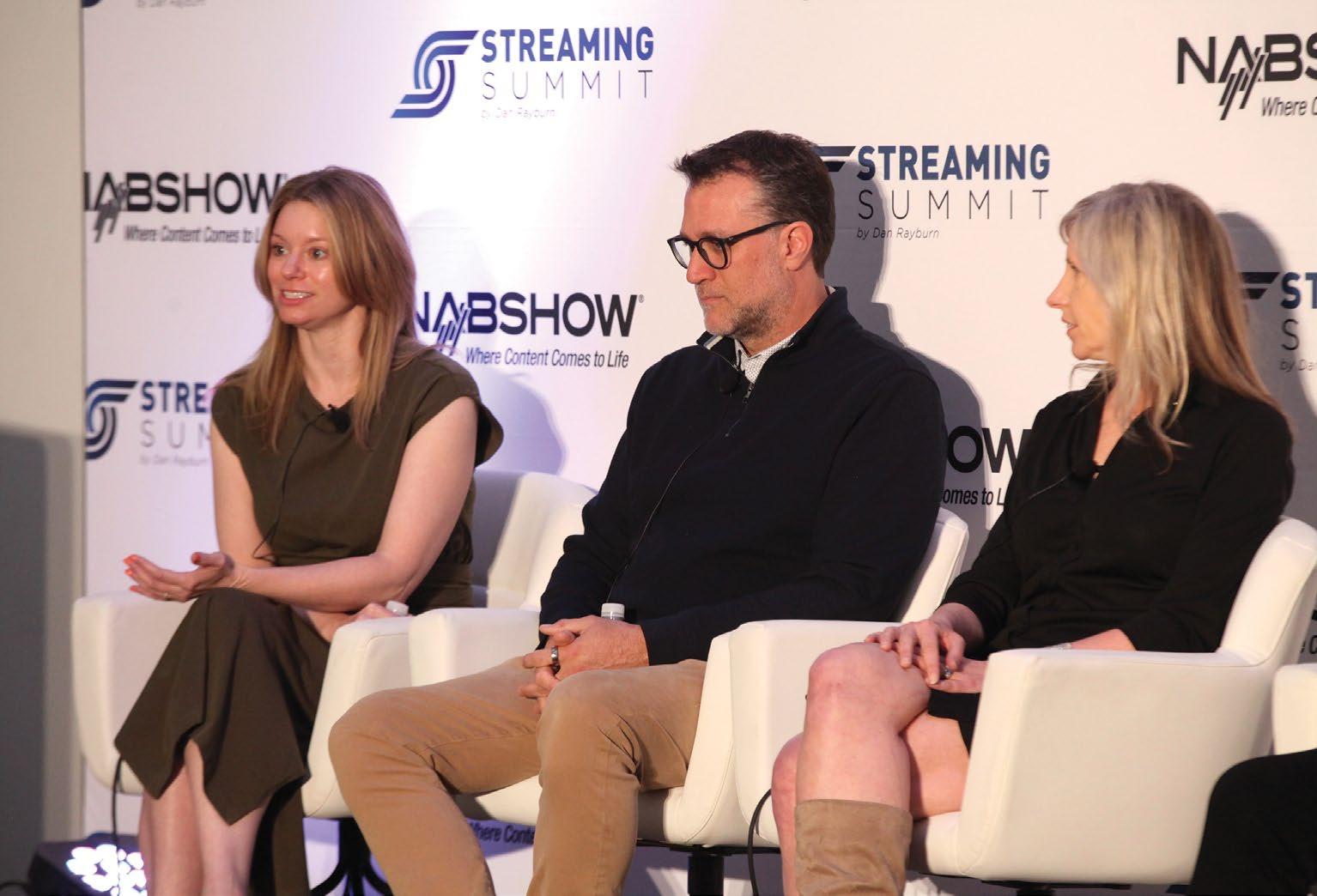 By Daniel Frankel
By Daniel Frankel
Free ad-supported streaming TV (FAST) has become the fastest- growing segment of the video streaming business.
But with so many competing services emerging recently, each touting hundreds of channels, is the industry already too saturated? And do FAST consumers, who often spend 9 minutes or more trying to figure out what to watch, have too much choice?
“I don’t think we are at the saturation phase yet,” Aileen Del Cid, head of marketing for Samsung’s free, ad-supported Samsung TV Plus offering, said.
To Del Cid’s thinking, it’s not the volume of content, it’s how it is deployed. The burgeoning international opportunity presented to the broader FAST industry, she said, makes it beneficial for FAST operators to be armed with ample flexibility in regard to content selection.
“You have to pay attention to what your customers are watching across every single platform,” Del Cid explained. “You can’t just put the same U.S. content in Brazil, for example. You really have to cater to the user.”
According to Scott Olechowski, co-founder and chief product officer at Plex, the amount of FAST services, and the vast selection of content available on these platforms, is simply “forcing everyone to up their game.”
For his part, Chris Knight, president and CEO of cooking-themed FAST Chanel Gusto TV, believes there will be a “culling of the herd” in the next two years as operators compete for finite amounts of viewership time and ad dollars.
The whole panel seemed to agree that FAST content is better than ever.
“Back in 2019, we really struggled to get quality content on the platform,” Del Cid said. “Now, what you’re seeing is what you traditionally see out in the rest of the world. Studios and networks are bringing recognizable IP to the space, and I think [FASTs have] really begun to mature in that respect.”
Bethany Atchison, senior director of
distribution partner management for Vevo, said the overall improvement in production value is generating “more acceptance from advertisers.
“We’re seeing increased monetization opportunities because of the content being so strong,” she said.
Meanwhile, panelists were asked to rate, on a scale of one to 10, the overall connected TV experience that FAST operators are delivering to advertisers.
Atchison rated the broader industry at a “seven.”
To her thinking, ad partners actually have too much data—and perhaps have excessively high expectations as a result.
“I think where advertisers get stuck is, they have so much CTV data, they end up trying to achieve every KPI,” Atchison said. “But the views are there. The targeting is there. I think, overall, we’ve made a lot of progress.”
Del Cid rated the industry at a “five or six.” She believes the industry is still in its “early days,” and we still don’t understand the long-term impacts of potentially game-
changing technologies, including AI.
The panel was also asked about improving engagement.
Liz Riemersma, vice president of strategy, business development and international for Sling TV, discussed her company’s somewhat unique juxtaposition as part of a larger parent company, Dish Network, which is moving into wireless with assets like Boost Mobile.
“We’re looking for ways to extend engagement on the platform and a big point of focus for us is, how do we extend the sessions to go beyond the living room?” Riemersma said.
Ironically, Dish’s top-level management— which is now in the business of moving consumption of things like video to mobile devices—still sounds a little rooted in traditional linear satellite TV.
At least this one Riemersma quote seems, in a way, to betray this odd juxtaposition.
“The executive team laughs at me for watching content on an iPad, but I don’t think I’m alone,” she said.” l
© NAB 2023
Credit: NAB
25 streaming tv consumption trends twitter.com/tvtechnology | www.tvtech.com | MAY 2023
L to R: Bethany Atchison of Vevo, Scott Olechowski of Plex and Liz Riemersma of Sling TV talk about the potential of FAST channels.
Doug Lung: ‘Broadcasting Is More Than a Job’
Recipient of the NAB Television Engineering Award reflects on a nearly 50-year career

At the 2023 NAB Show, Doug Lung, vice president of Broadcast Technology for NBCUniversal Local and long-time TV Tech columnist, received the 2023 NAB Television Engineering Award along with Radio recipient Michael Cooney, CTO at Beasley Media Group.
The following is Doug's acceptance speech:
"Thank you for this. It is a great honor to be welcomed into this group of engineers. I've looked up to, learned from and worked with. Special thanks to the companies I've worked with, especially NBC for trusting me with their stations and their spectrum and thanks to my wife Laurie for her support.
I owe my success to the people I've worked with over these years and that includes FCC staff. My first FCC interaction, except for in-person exams for my amateur director’s license and first class radio telephone license, was over 50 years ago with Clay Pendarvis, who helped me fix an exhibit on my first TV proof of performance diode detector exhibit for KSHO-TV in Hawaii— and more recently, working with Mark Colombo on taking full advantage of the capabilities of the FCC's TV study program.
In addition to the FCC staff, I credit my understanding of the FCC roles to the many FCC attorneys I've worked with throughout my career. To all of you, I thank you.
Having responsibility for a group of stations has provided me an opportunity to share in the experience of our stations' engineers, and one of the things that I enjoy most about being part of the broadcast engineering community is working with other engineers, whether on our NBC Telemundo stations or another stations and actually with viewers to help solve problems.
For many, if not most, broadcasters, broadcasting is more than a job. We're dedicated to providing content, providing a public service to viewers via news or entertainment. Sharing this responsibility with other engineers is what makes this industry special.
One example of this that I'll never
forget is the effort to restore over-the-air TV broadcasting in New York after 9/11. I joined the group of local engineers, tradespeople, manufacturers, engineers, contractors and many others at the historic Alpine Tower site in New Jersey, to put temporary facilities on the air and to bring TV back to New York City.
I can't find the words to describe the amazing dedication of these people and the atmosphere at the site. The work didn't stop at Alpine but continued through the buildout of the facilities of the Empire
State Building, and 16 years after 9/11, the resumption of broadcasting from One World Trade Center. I'm happy to have been a part of that.
When I started in broadcasting, it wasn't unusual for a very small team of engineers, sometimes one engineer, to be responsible for keeping a transmitter on the air. They had to do everything—sometimes fix the air conditioning, retune the microwave dish, whatever—viewers depended on that transmitter for their TV.
However, today, transmitters are only one part of distribution and responsibility for distribution is more diffuse, more diverse, with many people, oftentimes distant from the physical station and the transmitter responsible for delivering content. Viewers have other ways to view our content, but the engineers I know are still dedicated to delivering content to viewers regardless of the path
As we celebrate this centennial NAB Show, broadcasters are working together to launch and transition to ATSC 3.0. This transition requires an unprecedented level of cooperation between broadcasters, manufacturers of broadcast and consumer equipment, the FCC and of course, viewers. I look forward to working with people here and in the industry to make that transition successful. And also I encourage everyone here to work with the people in their company to help bring forth the next generation of broadcast engineers so that 100 years from now we can still celebrate broadcasting.
Thank you." l
26 May 2023 | www.tvtech.com | twitter.com/tvtechnology
engineering exellence
“As we celebrate this centennial NAB Show, broadcasters are working together to launch and transition to ATSC 3.0. This transition requires an unprecedented level of cooperation between broadcasters, manufacturers of broadcast and consumer equipment, the FCC and of course, viewers.”
Doug Lung (C ), received his award from NAB CTO Sam Matheny (L) and NAB President Curtis LeGeyt at the “We Are Broadcasters” gathering at the 2023 NAB Show (Credit: NAB Show)
Sinclair Will Build New Platform to Manage NextGen TV Datacasting
AWS Unveils Elemental MediaConnect Gateway
Cloud-connected app enables transport of live video between on-prem multicast networks and AWS
Amazon Web Services (AWS) is bridging the gap between on-prem multicast networks and the cloud with the introduction of the AWS Elemental MediaConnect Gateway.
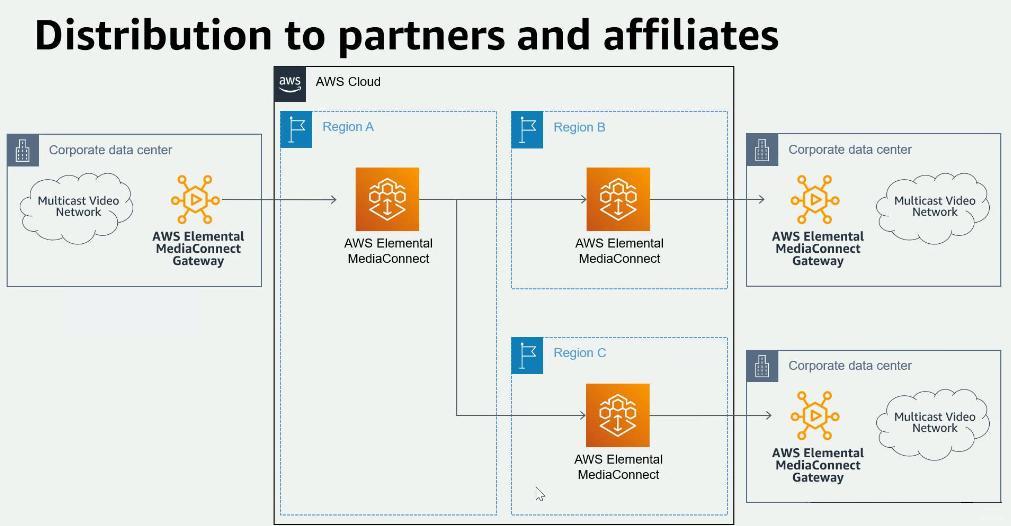
The gateway, a cloud-connected software application that enables transport of live video between on-prem multicast networks and AWS, is equally well-suited for contribution and distribution workflows. It eliminates investment in the third-party hardware and software that’s typically required to deliver live video multicast streams from datacenters to the cloud, the company said.
With MediaConnect Gateway, users can build end-to-end workflows without the complexity of nor the investment in vendor-specific tools, the company said.
channels multiplexed together into a multi-program transport stream (MPTS).
MediaConnect Gateway converts on-prem multicast network traffic into unicast and then adds encryption before transporting that flow to the cloud, the company said.
Once in the cloud, a live streaming application is created from the feed, which ultimately is delivered to end viewers using various AWS solutions, including AWS Elemental MediaLive, Elemental MediaPackage and Amazon CloudFront, or other applications.
With analysts like BIA Advisory Services forecasting NextGen TV’s datacasting capabilities will produce more than $10 billion in revenue for broadcasters by 2030, Sinclair Broadcast Group has announced ambitious plans to help stations capitalize on those opportunities with an interconnected broadcast platform to automate and manage data distribution over ATSC 3.0 broadcasts.
At an NAB Show press conference, Sinclair President and CEO Chris Ripley likened the company’s planned “Data Distribution as a Service” (DDaaS) platform, which it expects to go live in the first quarter of 2024, as “the glue between all the stations so we’ll be ready to go to market to go live with this system. Any broadcaster who wants to participate can use this system to automate … the provisioning of the data. They can do it manually, but no one will possibly ever want to do it that way. It just wouldn’t ever scale.”

This effort is not to be confused with the rollout of NextGen TV broadcasts, now in more than 60% of the country and expected to hit 75% by year’s end accordiing to the ATSC. Rather, it’s more like a system used to manage a station’s advertising, Ripley said.
Tech partners for the effort include CAST.ERA and Saankhya Labs in India. © NAB 2023
With MediaConnect Gateway, organizations can control how their hybrid live video workflows are deployed and monitored. “As a customer, you can control, and you can view and monitor the health of your video feeds,” Stephanie Lone, AWS Media & Entertainment Strategic Industry Business Director, Solutions Architecture said during an NAB Show preview.
Each instance of MediaConnect Gateway can subscribe to one or more multicast groups on prem. Some groups may be a single channel, others might be multiple
For distribution applications, MediaConnect Gateway can support hundreds or more end points. For instance, a TV network could bridge its own multicast network with those of its affiliates and O&Os in a seamless fashion using MediaConnect Gateway at both ends, the company said.
The new gateway runs inside Amazon Elastic Container Service (ECS) Anywhere, a service that allows users to manage ECS containers on their own servers. Once MediaConnect Gateway is downloaded and installed, all video feed management is done with the AWS Management Console or using the MediaConnect API.”
© NAB 2023
27 twitter.com/tvtechnology | www.tvtech.com | May 2023 exhibitor news
❚ Phil Kurz
❚ George Winslow
Credit: NAB
Sinclair President/CEO Chris Ripley outlined the station group’s plans to create a Data Distribution as a Service (DDaaS) platform allowing broadcasters to take advantage of NextGen TV datacasting opportunities.
Sony Goes Big With Newest Spatial Reality Display
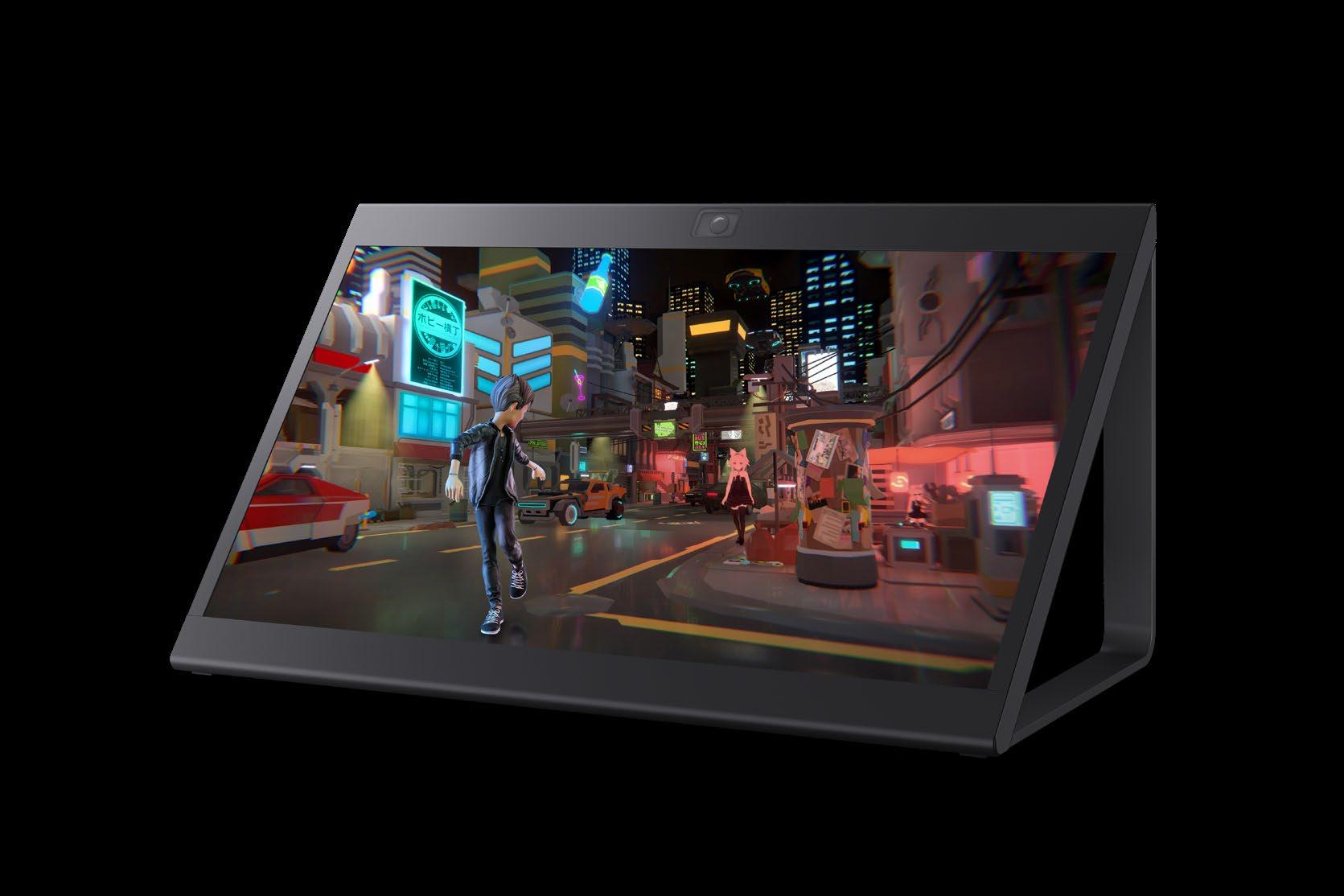
Sony Electronics has answered the need for a larger, high-quality Spatial Reality Display monitor with the addition of the ELF-SR2. At 27 inches, the larger 4K option can provide highly realistic, three-dimensional content without special glasses or VR headsets. Headline features of the new monitor include an upgraded high-speed vision sensor, image quality enhancing technologies and installation flexibility.
The ELF-SR2 enables more robust functionality through its support of applications and development. It is optimized for industrial design, surgical planning, architecture, engineering, construction, signage, retail, software/ application development, game developers and entertainment applications.
“Our original Spatial Reality Display continues to captivate customers by bringing 3D content to life with an astonishing authenticity and sophistication that demands to be experienced hands-
on,” Sony Electronics Vice President of Professional Display Solutions Rich Ventura said. “While our users love the technology, we keep hearing the same question from professionals: ‘Does this display come in a larger size?’ As we expand into more B2B verticals and environments, I’m happy to say that in addition to a bigger screen, we’ve added some powerful
APTS, RAPA Strike NextGen TV Cooperation Pact
Patrick Butler, CEO of APTS (America’s Public Television Stations), and Jungsu Song, CEO of RAPA (the Korea Radio Promotion Association), met at NAB Show to sign an agreement promising cooperation in promoting ATSC 3.0 technology for U.S. public media as it transitions to the NextGen TV standard.
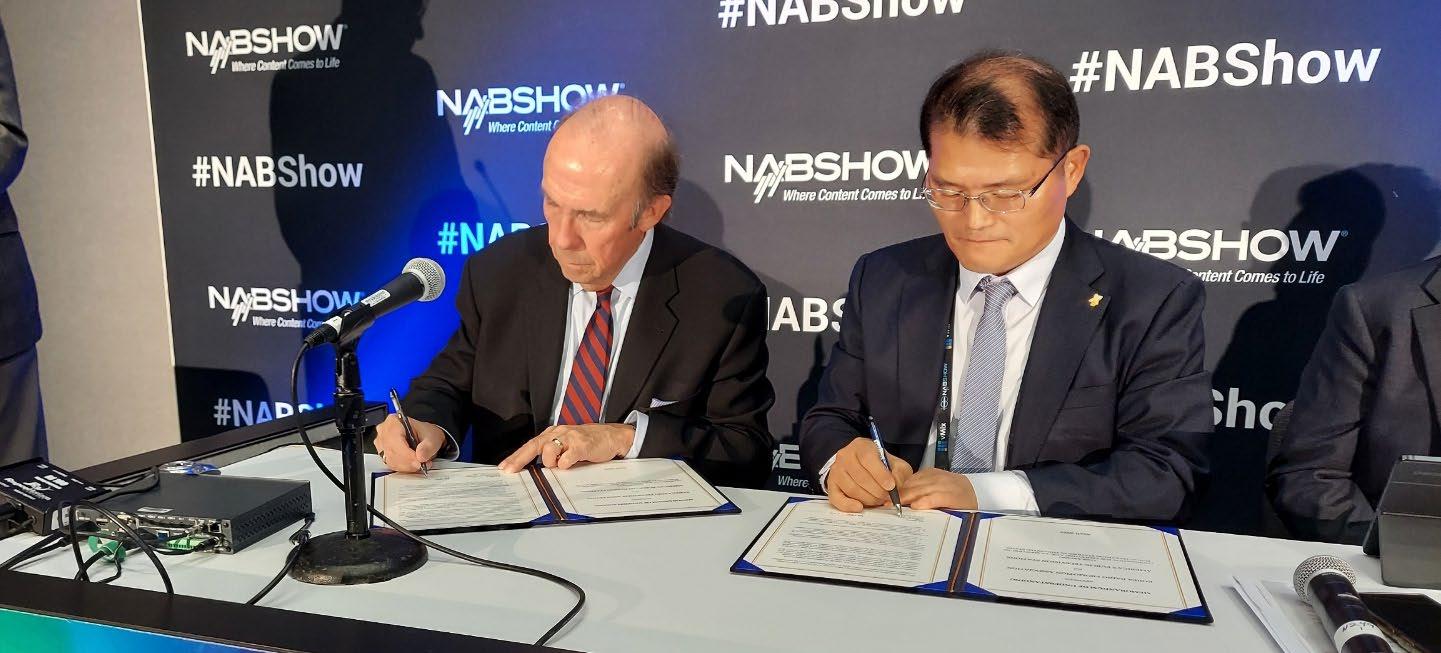
“South Korea has more experience with ATSC 3.0 than any other country in the world,” noted Joonyoung Park, senior vice president of DigiCAP, one of several companies involved in a strategic alliance related to the cooperation agreement. “We have a great deal of knowledge and experience that will benefit public broadcasters on both the transmit and consumer side, which we are eager to share.”
“Broadcasting in ATSC 3.0 is only part of the challenge,” said John McCoskey, chief operating officer of SpectraRep and former PBS chief technology officer. SpectraRep is another company in the strategic alliance.
“We very much look forward to helping the industry move forward through this strategic alliance,” he said.
“Twenty-four public TV stations in the U.S. are already transmitting in ATSC 3.0,” said Rick Ducey, managing director of BIA
and commonly requested features to enhance content production. These include a wider color gamut, a newly developed engine, more advanced high-speed sensors and rich support for applications and their development—all for an extremely competitive price.”
© NAB 2023
Advisory Services. One of the challenges he identified for public stations is to acquire enough spectrum to be able to transmit in both ATSC 1.0 and 3.0 simultaneously.
© NAB 2023
28 May 2023 | www.tvtech.com | twitter.com/tvtechnology exhibitor news
❚ Craig Johnston,
Sony’s ELF-SR2 Spatial Reality Display
❚ Craig Johnston,
Credit: Sony; NAB
Patrick Butler, CEO of APTS (L) and Jungsu Song, CEO of RAPA
Harmonic’s Cloud Set to Reign on Video Services
Adobe Announces New Innovations to Old Favorites
Company says text-based editing will result in improved workflows for editors and motion designers
Amazon Web Services (AWS) is bridging the gap between on-prem multicast networks and the cloud with the introduction of the AWS Elemental MediaConnect Gateway.
Many of the updates and innovations that Adobe is showcasing have been driven by a key group of creative professionals, and that drove the enhancement of Adobe’s newest slate of products.
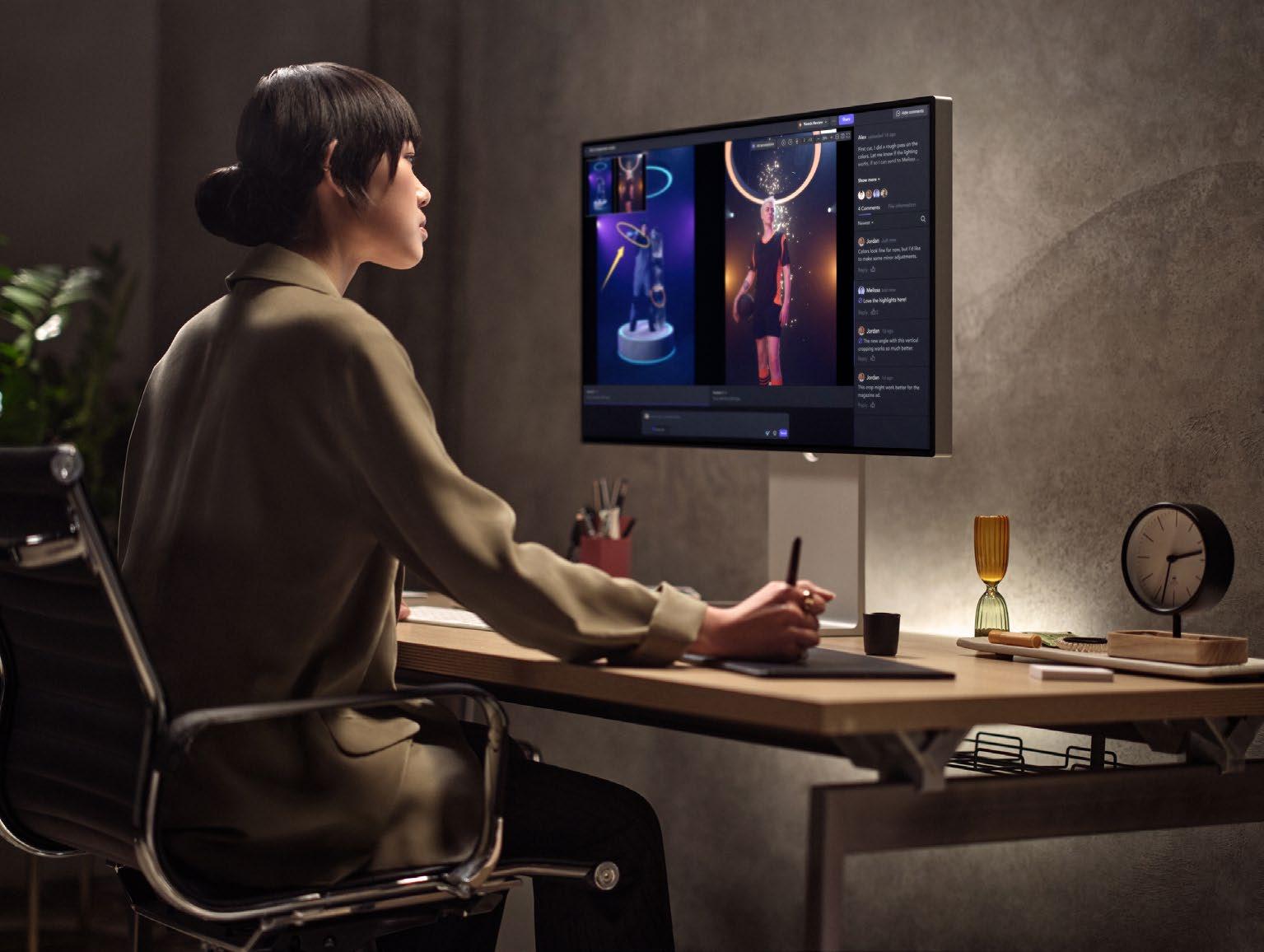
by copying and pasting text using Adobe Sensi, which automatically analyzes and transcribes clips so sentences can be inputted and then seen on the video timeline.
Harmonic’s broadband segment is on quite a roll, with the San Jose, Calif.-based software company’s sticky network virtualization products currently all the rage among larger cable operators including Comcast and Charter Communications.
Harmonic’s broadband product sales were up nearly 38% year over year in Q4 to $96 million. Harmonic’s share price has nearly doubled on the Nasdaq over the past year.
During a press conference, Harmonic made a similar case of pending disruption and innovation for the video business— specifically the area of sports streaming—with a half-hour presentation of its cloud-based VOS360 video software-asa-service (SaaS) product.
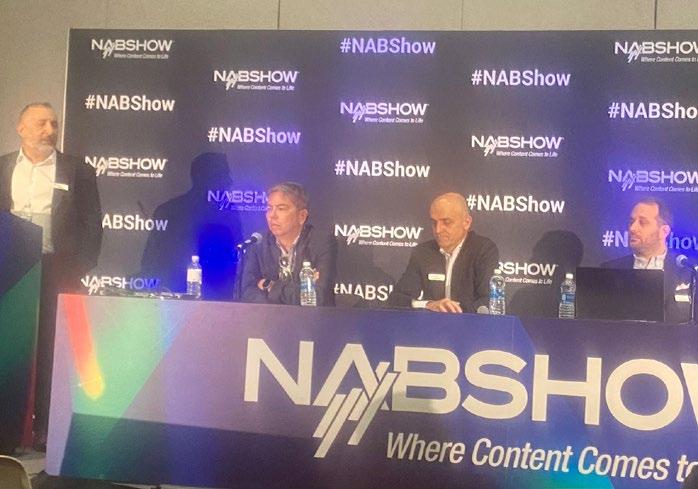
Harmonic’s Senior VP of Video Products, Gil Rudge, led a panel discussion featuring not only several other top video-product executives from the company, but also Dave Schafer, senior VP of product, technology and operations for Madison Square Garden Entertainment Group, which is launching its regional sports network over-the-top and direct-to-consumer with the introduction of MSG Plus this summer.
“We’re knee-deep in the product build right now, said Schafer, who specifically noted the flexibility of new VOS360 monetization features. This flexibility will allow MSG Plus operators to explore new business opportunities including paid program sponsorship.
“Monetization features are very important to us,” Schafer added. “We’re trying to explore what we can do beyond subscription revenue.”
© NAB 2023
“Our tools are designed to improve the creative control that our filmmakers and creative collaborators have, from the moment the camera starts rolling to the delivery of the final product,” said Paul Saconne, senior director at Adobe.
Several of Adobe’s major products—After Effects, Frame.io, Premiere Pro and Camera to Cloud—offer new features, including an announcement within Premiere Pro that includes a new way to edit. Calling it a “groundbreaking shift” in post-production workflows, the creation of new text-based editing will result in improved workflows for professional editors and motion designers, the company said. Users can edit video simply
Celebrating 30 years of After Effects by releasing what it is calling a faster and more efficient solution by putting the settings that users care most about front and center. New this year is an updated Properties Panel designed to make it faster and easier to create motion graphics. Other new features within After Effects include native support for ACES and OpenColorIO to maintain consistent color when sharing assets with other apps.
The company also released updates to its Frame.io solution, including a new endto-end workflow from content capture and editing to review and approval through one centralized hub, leveraging new Camera to Cloud native integrations with Fujifilm cameras. A new Forensic Watermarking feature is designed to boost cloud security.
© NAB 2023
❚ Susan Ashworth,
29 twitter.com/tvtechnology | www.tvtech.com | May 2023 exhibitor news Credit: Adobe; NAB
❚ Daniel Frankel
(L to R): Gil Rudge, Harmonic; Dave Schafer, Madison Square Garden Entertainment Group; Jean Macher and Rob Gambino, Harmonic; and Dennis Klas, Heartland Video Systems.
FOR-A: Partnering for 12G, Virtual Studio Production
The goal is to fit the 12G broadcast truck into two cases
By Tom Butts
FOR-A announced it worked with Nationwide Video to create a 4K 12G-SDI UHD flypack system that fits in two rack cases.
“The goal is to fit the entire 12G broadcast truck inside two cases,” said Kevin Ring, Nationwide Video National training manager. FOR-A products, including the HVS-1200 switcher, are at the heart of the system.
FOR-A also announced it would offer the EZtrack camera tracking system from French vendor oARo Studio as part of a virtual studio and augmented reality offering in the U.S., Italy and UAE.
FOR-A has already run demonstrations of EZtrack integrated with the Elitium system from FOR-A partner ClassX, an Italian IT company that develops software and systems for graphics content management. FOR-A said the system is suitable for green screen studios and can also be used with LED walls
and volumes.
The company recently announced a strategic partnership with Spanish LED panel developer Alfalite to provide complete systems. Initially the agreement allows
FOR-A to market the screens in selected areas but the intention is that this will become a global arrangement.
FOR-A and automation provider Aveco also announced a strategic alliance where HVS Series production switchers, Insight video servers and ClassX graphics systems are now integrated with Aveco ASTRA Studio production automation and GEMINI media management systems in a package particularly targeting mid-sized, smallmarket and public stations.” l
© NAB 2023
Chyron Products Move Further Into the Cloud

Chyron’s press briefing outlined a successful year and its continuing investment in its products, which are increasingly subscription-driven and based in the cloud.
“So 2022 has been a very good year,” Chryon Chief Financial Officer Mike Truex said. “It was our third year in a row of growth and this year we did double-digit revenue [growth].”
Truex said the revenue growth was partly due to moving towards softwareas-a-service (SaaS) offerings. Now, more than half of Chyron’s revenue comes from recurring revenue streams, he said.
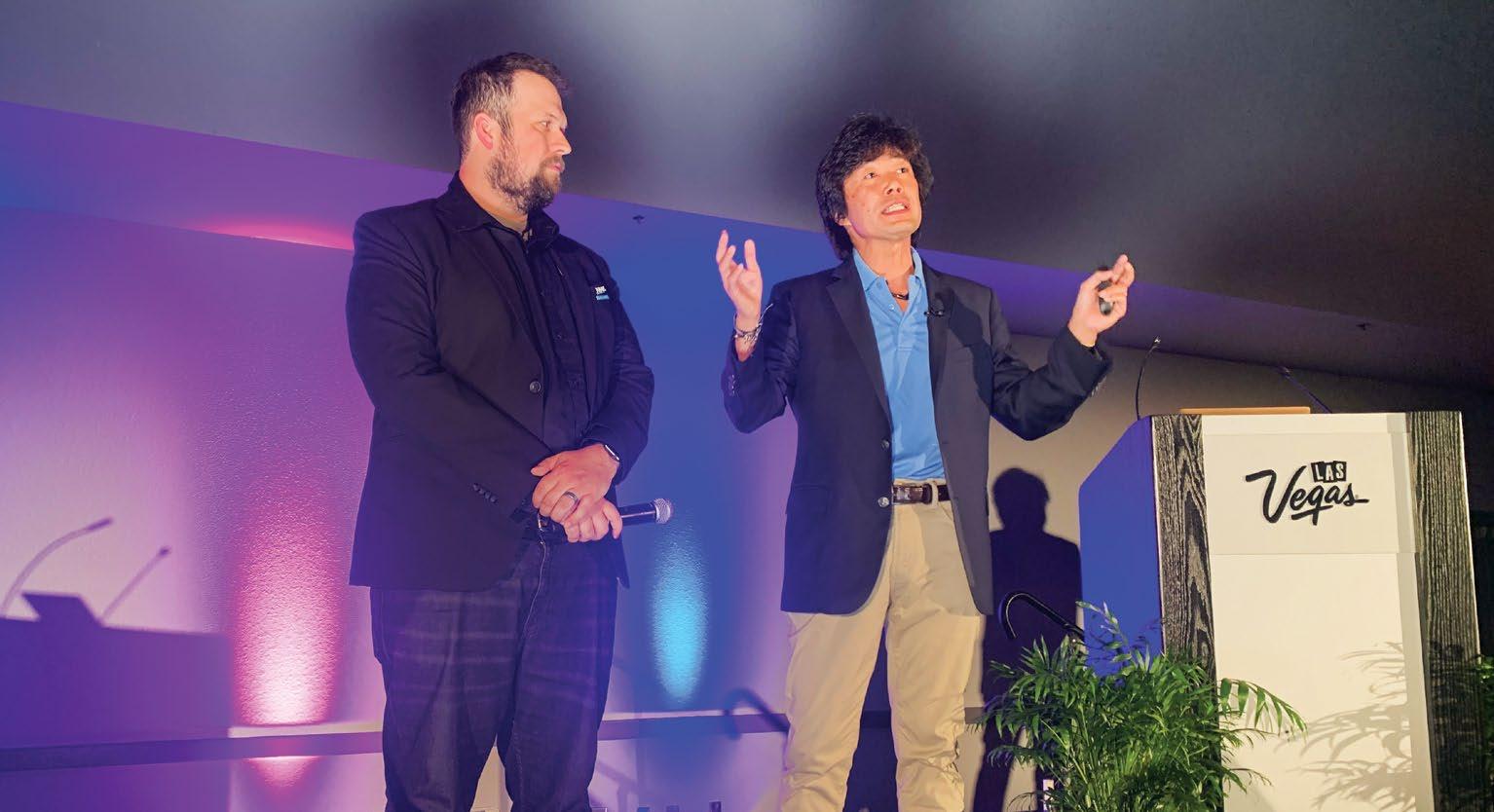
Mathieu Yerle, senior vice president of strategy, said Chyron product updates were being made with user workflow in mind. “We try to keep that in mind at all times, to make sure we provide the best and most efficient user experience with consistency.”
Yerle said the company is working not
to create products that do similar functions in silos, but in “proper platforms,” so “all customers or users are able to benefit from everything from a single web interface.”
Chyron’s products are increasingly cloud-focused. “Cloud enablement is not
a new topic, but that really clearly has accelerated over the last couple of years to the point where all major platforms today are cloud-enabled and cloud-compatible,” Yerle said. © NAB 2023
❚ Jon Lafayette
30 May 2023 | www.tvtech.com | twitter.com/tvtechnology exhibitor news Credit: NAB
Nationwide Video National Training Manager Kevin Ring with FOR-A America President and COO Satoshi Kanemura
Matrox Unveils
ORIGIN Framework for Broadcast Infrastructure
Grass Valley Emphasizes Power of Partnerships and Support
Grass Valley arrived at NAB Show ready to take on the challenges of a changing media environment in which demand for live sports and entertainment is driving new production approaches fueled by partnerships, Executive Chairman Louis Hernandez Jr. said.


“For Grass Valley, you’re going to see a big change not only in the broad array of investments we’re making but our inclusiveness of third parties,” Hernandez said at the company’s press conference.
Central to the company’s vision towards production is its Agile Media Processing Platform (AMPP), a series of apps, tools and services that, when combined, create an operating system for media production.
“It offers all of the functionality of traditional broadcast equipment and much more,” said Chief Technology Officer Marek Kielczewski.
Some experts think it will take a decade before Tier 1 live production in the cloud for broadcasters is a reality. Matrox is hoping to shorten that timeline. During a press conference, the company introduced Matrox ORIGIN, a common development framework for broadcast infrastructure.
“They want to move the equipment room to the cloud,” Francesco Scartozzi, Matrox vice president of sales and business development, said. “However, the move to the cloud comes with absolutely no compromise from their perspective. Unlike many solutions, ORIGIN breaks the ‘lift and shift’ approach that keeps us from harnessing the benefits of the cloud and from realizing the full economic advantages of cloud migration.”
Available now, Matrox considers the ORIGIN software development kit (SDK) to be the “missing link” for Tier 1 live production. The asynchronous, vendor-agnostic media framework is built in a cloud-native architecture and is designed to address live production requirements, including quality, latency, reliability and scalability.
ORIGIN gives broadcasters the ability to choose best-of-breed solutions, from equipment to cloud services, as well as options for optimizing production costs, Scartozzi said. For OEM solution providers, ORIGIN allows them to focus on core competencies while delivering cloud-native solutions, built-in redundancy and hands-free latency. © NAB 2023
❚ Mark J. Pescatore
Hernandez compared the appeal of live events—the bread and butter of its business—with its increased focus on partnerships.
“One of the reasons why live events are so powerful is that they’re best served together as a shared experience while they’re happening,” he said.
Grass Valley also announced the creation of GV One, a new holistic approach to customer service, providing support in all phases from pre-sales design to project delivery to through-life support. “This intimate knowledge of our customers’ operations will facilitate faster response times,” said Senior Vice President, Global Delivery and Support Jim Kirkland.
© NAB 2023
31 twitter.com/tvtechnology | www.tvtech.com | May 2023 exhibitor news
❚ Tom Butts
Francesco Scartozzi (left) and Marwan AlHabbal discussed Matrox ORIGIN during the company’s press conference.
Credit: NAB
Grass Valley Executive Chairman Louis Hernandez Jr. at the company’s NAB Show press conference.


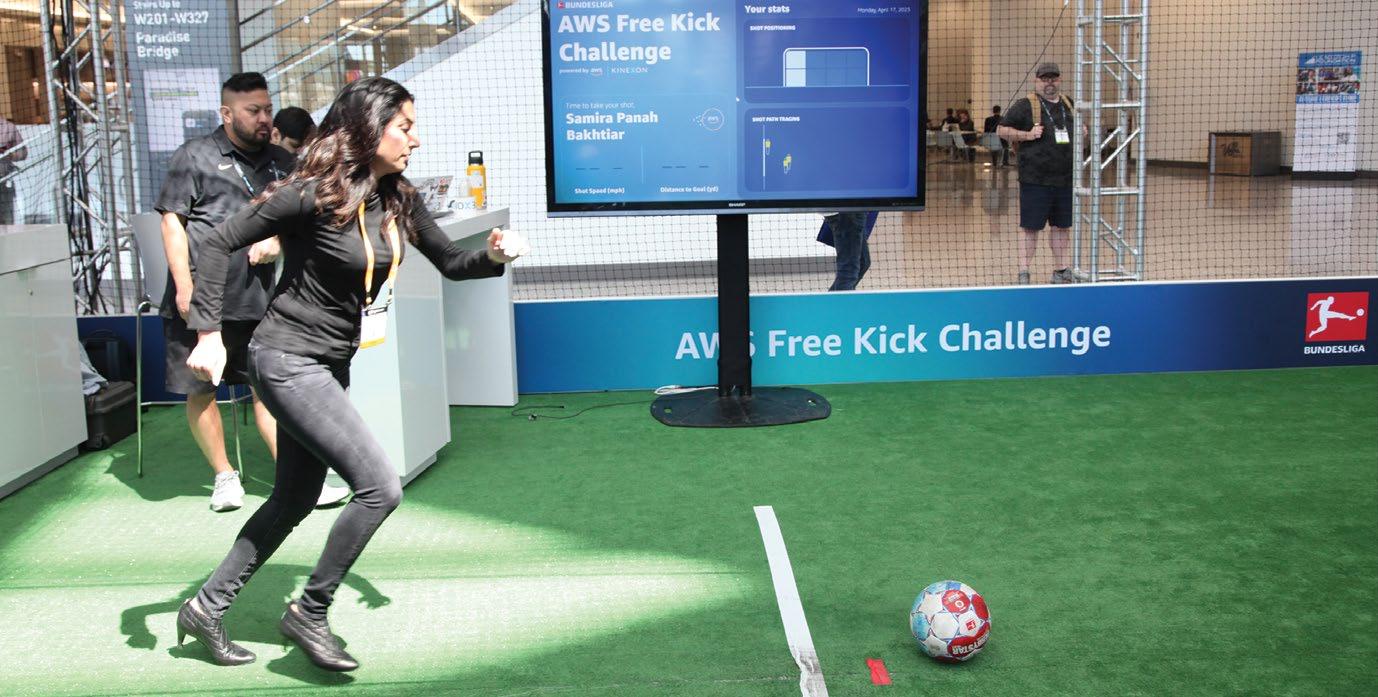
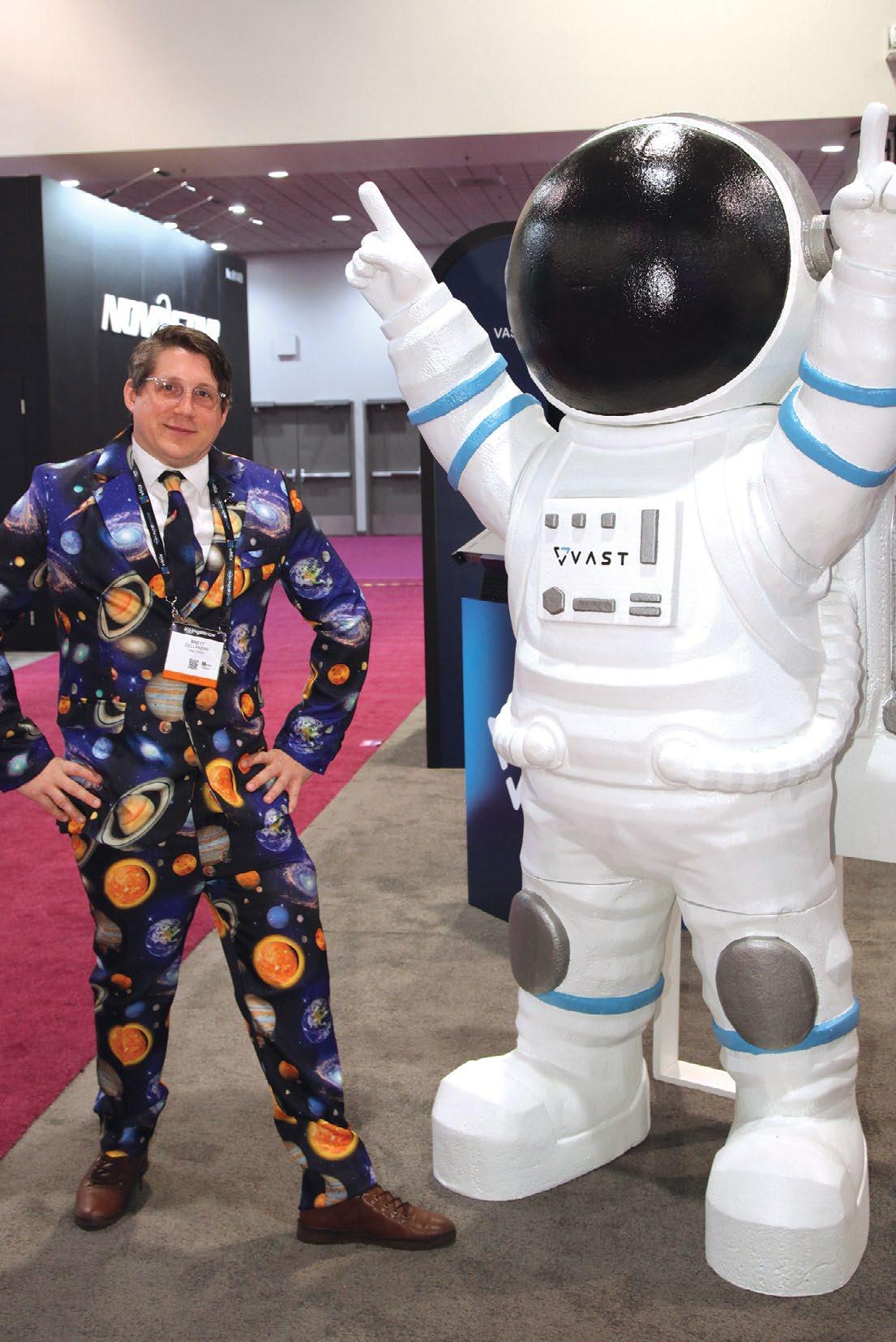


32 nab | show shots May 2023 | www.tvtech.com | twitter.com/tvtechnology
3 Joy Chu (L) of Well Buying Industrial Co. in Taiwan, chats with attendee Fabienne Van Berkel over a colorful display of customizable buttons.
4 Subaru and AT&T Global Video Solutions team up to broadcast from places where there’s no connectivity..
4 5
5 Walking into the West Hall, you might have been greeted by the sounds of an exuberant “crowd” as attendees shoot to score at the AWS Free Kick Challenge.
2 Brett Dellandre, a senior engineer at VAST Data, stands bedecked in a “space suit” next to his fellow astronaut, also in a spacesuit. He says VAST Data is the “storage architect of the future!”
1 2 3 Credit: NAB
1 Mike Wallin gets a demo of AIDA’s NDI|HX 120fps capable camera as it tracks a toy car flying across a racetrack.

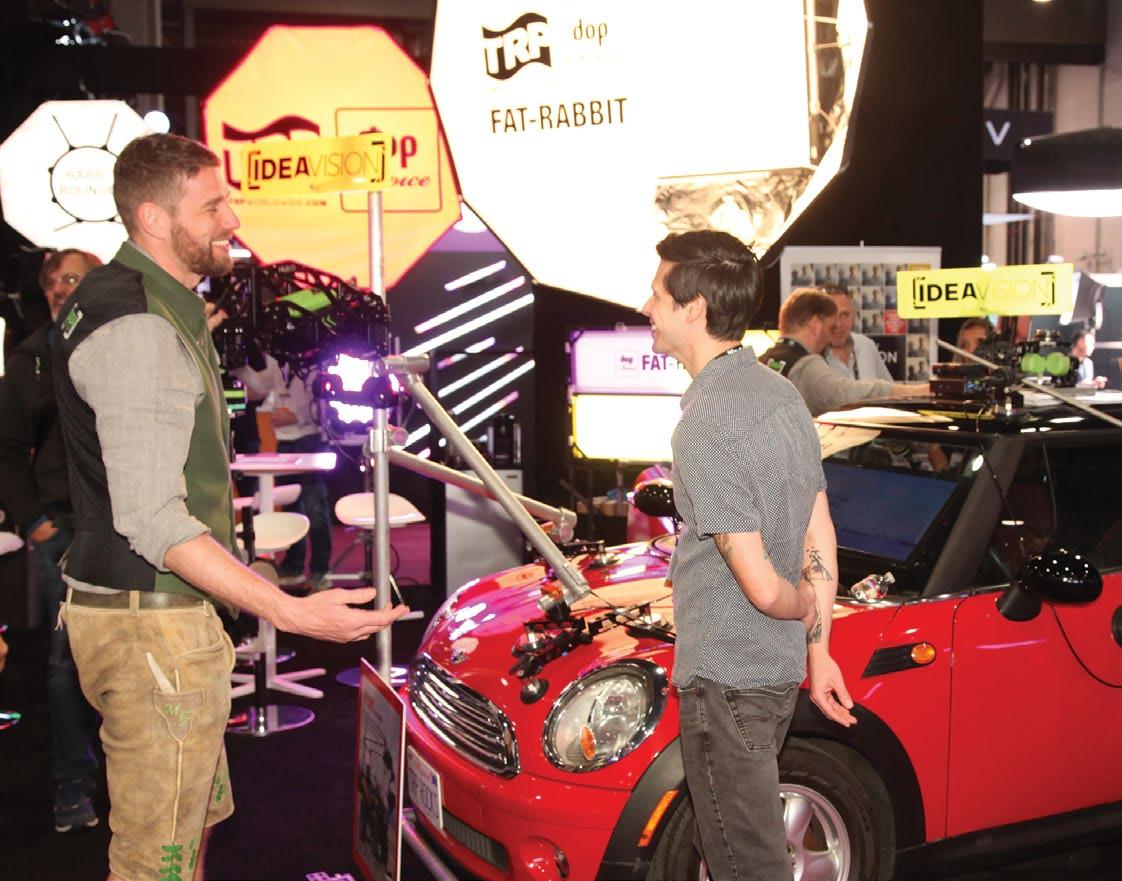
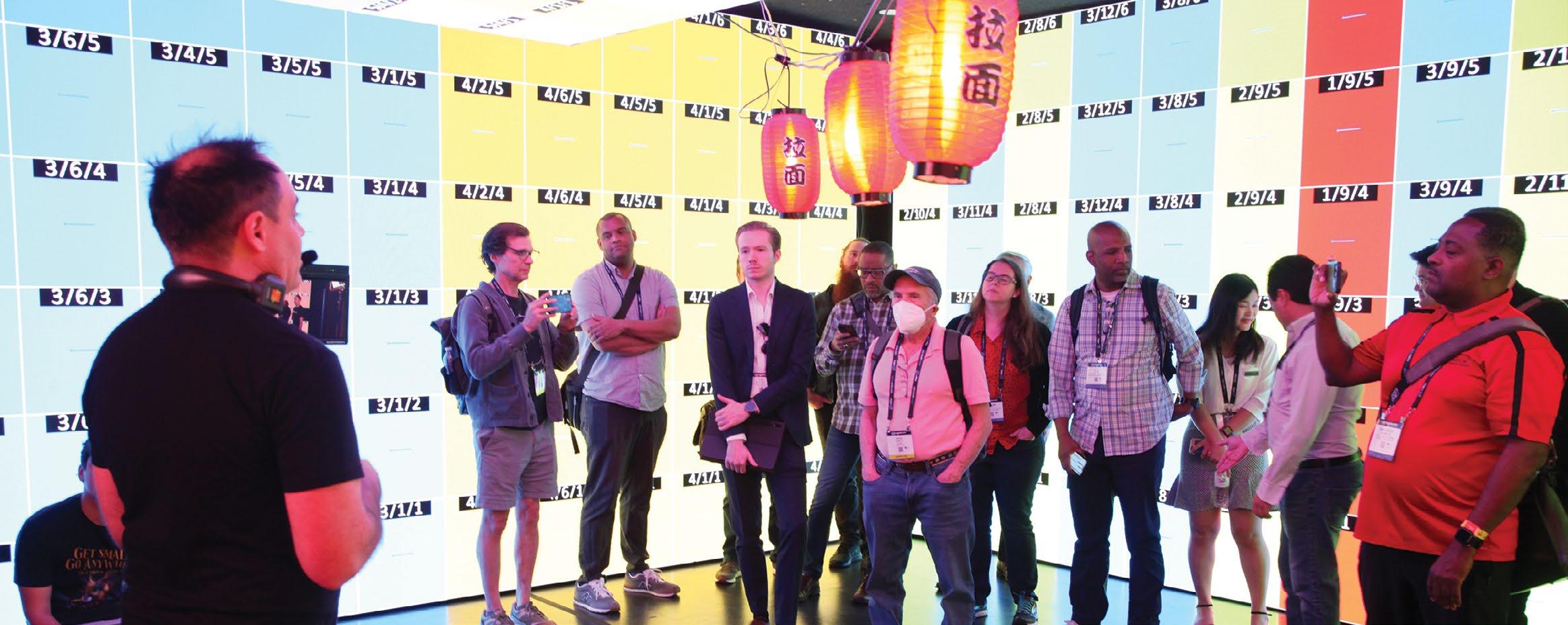

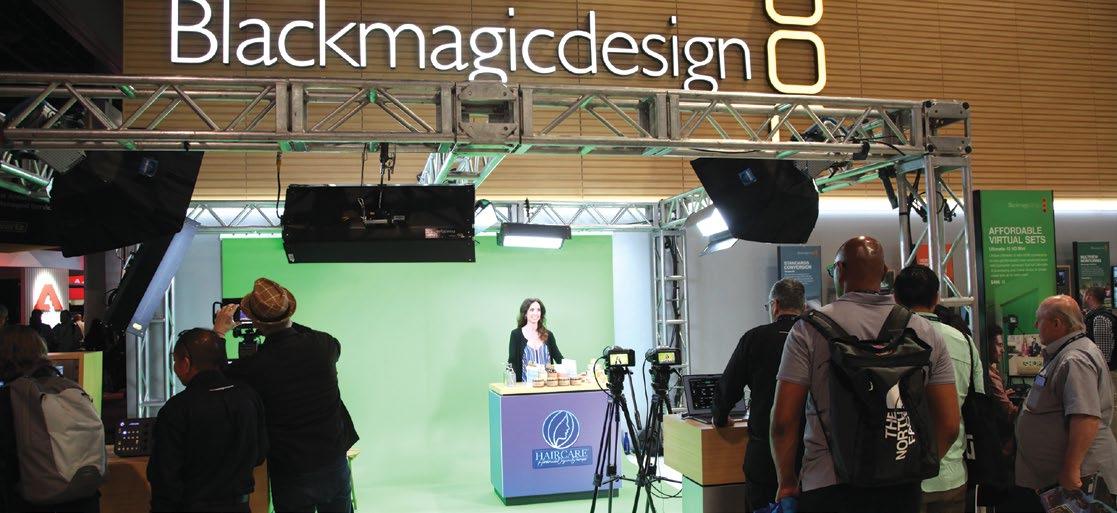
33 twitter.com/tvtechnology | www.tvtech.com | May 2023 nab | show shots
8 Richard Evans, a video producer at Vizrt Group, gives a presentation on Viz Flowics, a cloud-native, web-based platform for generating live graphics.
9 Blackmagic Design demos its Ultimatte 12, its newest chroma keyer with 12G-SDI connections for HD and Ultra HD.
10 At the CG Pro booth, attendees can step inside the “Magic Box”; a mobile virtual production studio — the same tech used in Marvel movies!
7 Mark Fellinger showcases Visions’ VacuMount systems, designed to mount camera gear to any car on or off the NAB Show floor.
6 7 10 8 9 Credit: NAB
6 James Strawn at Adobe shows attendees how to use the Properties Panel in Adobe After Effects.
Evertz Focuses on Content Production Flexibility, Monetization
Company highlights new cloud, SaaS and Studer products
 By Tom Butts
By Tom Butts
Evertz announced a number of new products, services and partnerships at a press conference ahead of the opening of the show, designed to help broadcasters manage, distribute and monetize content over an increasing array of services.
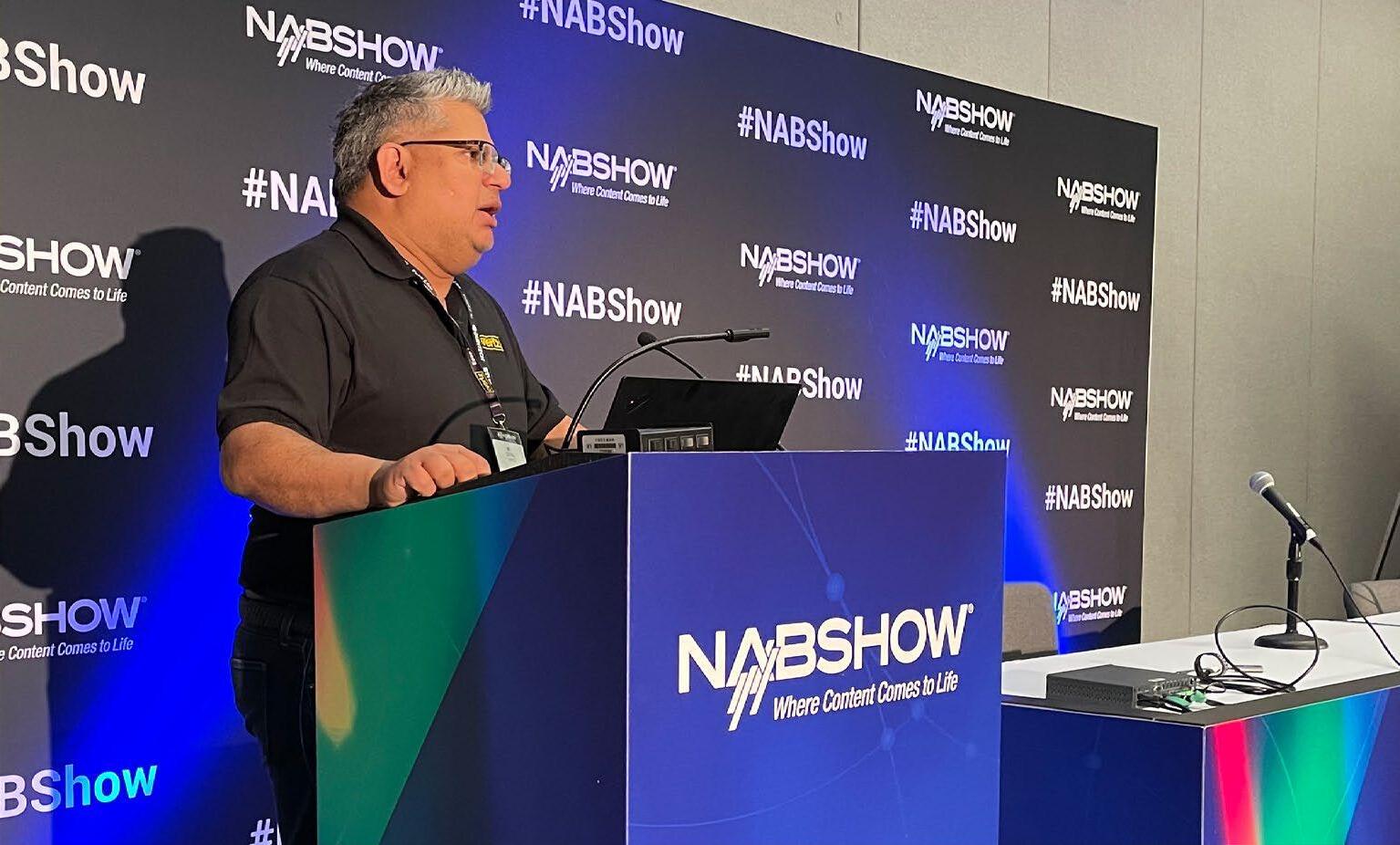
“Our customers not only want to know how they can integrate content costeffectively and generate more content, but how they can monetize archives and keep audiences engaged,” said Mo Goyal, senior director for Evertz.
Among the highlights at its booth, Evertz demonstrated how its BRAVO Studio’s new “Highlight Factory”—where clips and stories are automatically created — uses AI to publish to Ease Live where users can pick their own highlights. The cloud will be a big focus for Evertz as it demos how its Mediator-X and OvertureRT-LIVE—available on Google Cloud— provide media companies enterprise-class and cloud-based playout and content management solutions. It is also showing its popular DreamCatcher platform
operating in Google Cloud for ingest, playback, live editing and slow-motion replay. Evertz is also featuring evertz.io Stream, a streaming and playout SaaS for OTT, DTC and FAST services.
The company is celebrating the 75th

anniversary of its Studer audio line, introducing Video PFL (Pre-Fade-Listen), a new feature for the Studer Vista that gives engineers enhanced capabilities, especially when working in a live environment. l
© NAB 2023
products & services marketplace
34 May 2023 | www.tvtech.com | twitter.com/tvtechnology
exhibitor news Credit: NAB
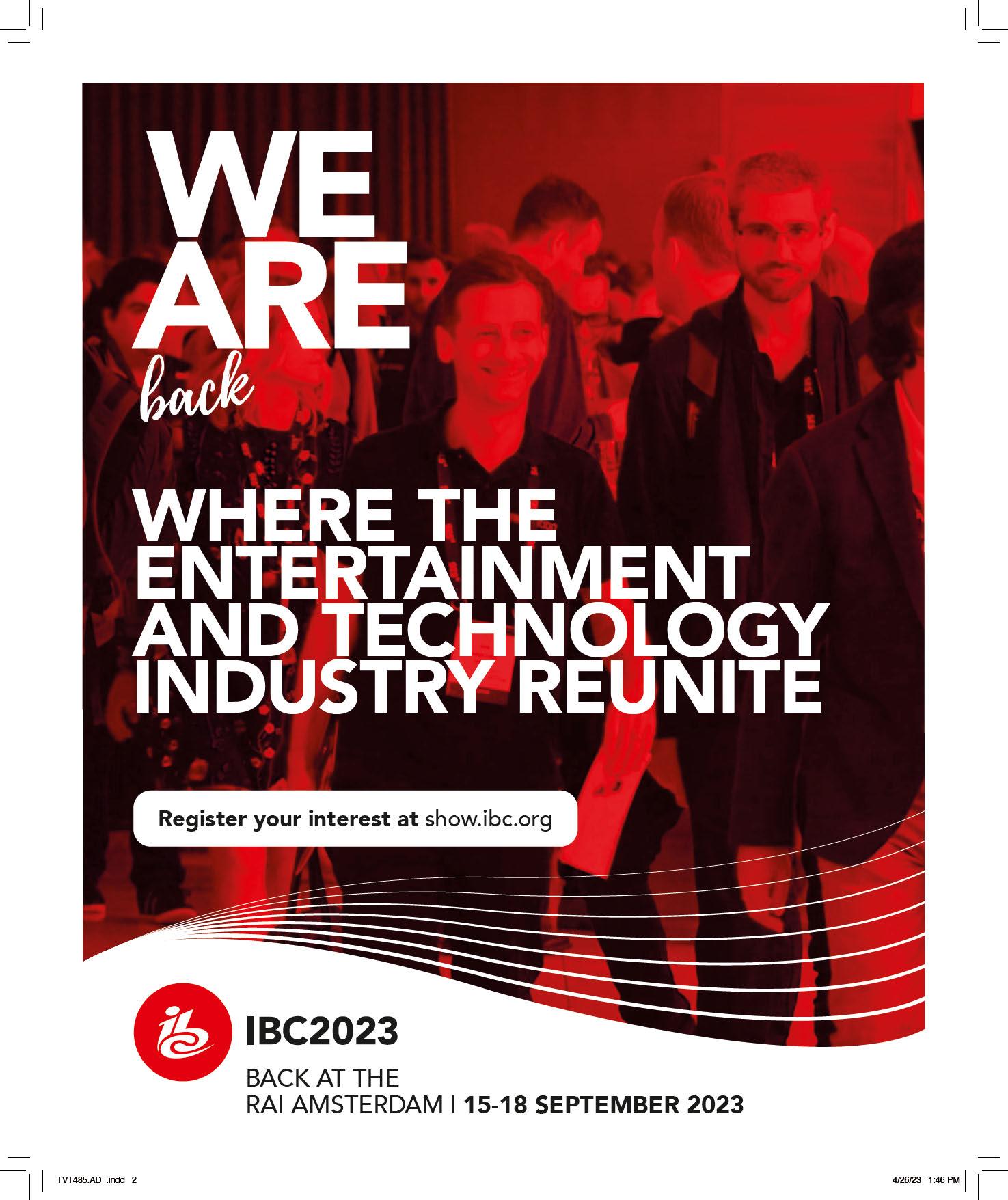
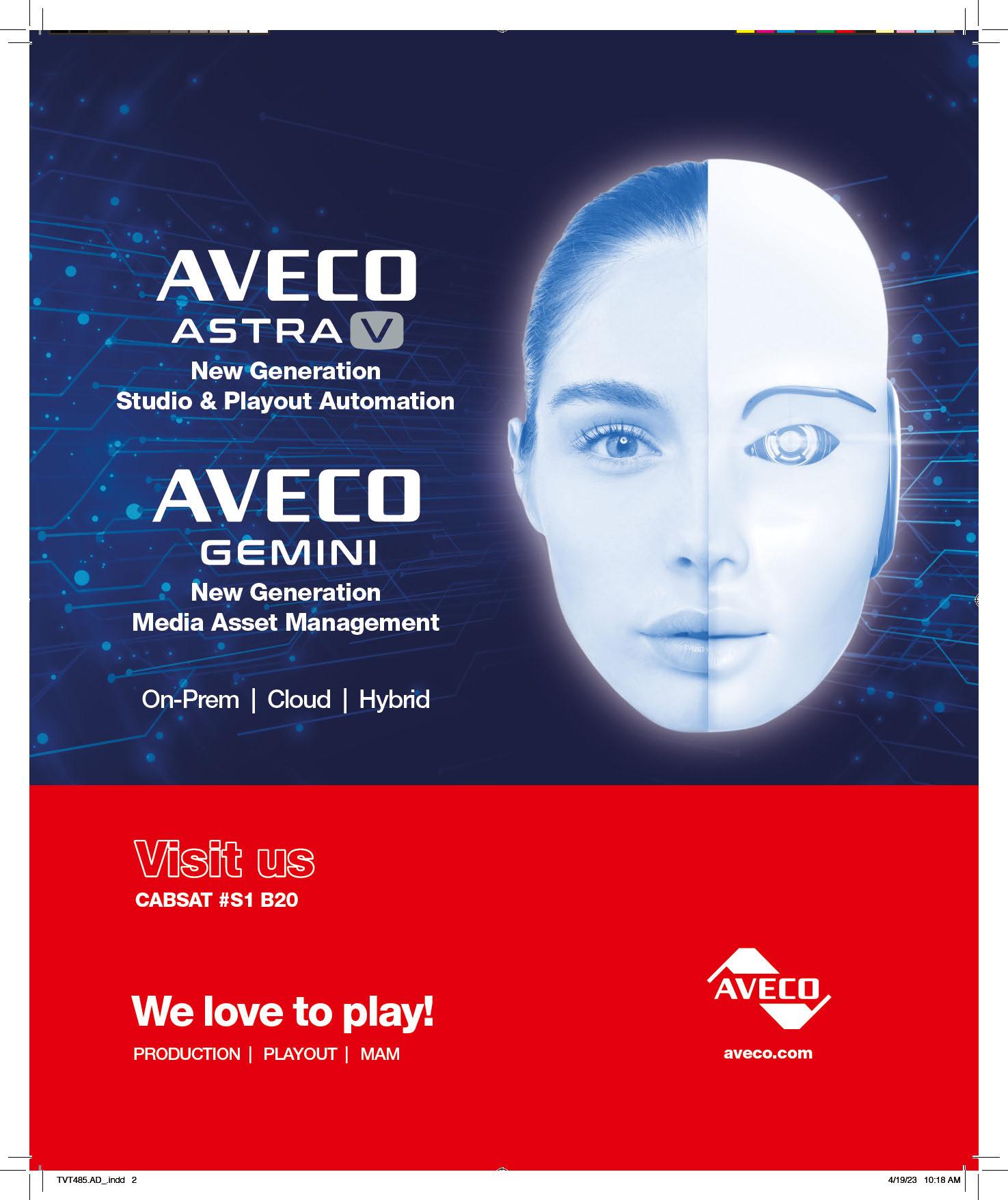
9000


















 By Jon Lafayette
By Jon Lafayette
 By Jon Lafayette
By Jon Lafayette
 By Michael Malone
By Michael Malone



 Director
Director


 George Winslow
George Winslow














































































































 By Phil Kurz
By Phil Kurz
 By Mark J. Pescatore
By Mark J. Pescatore


 By Daniel Frankel
By Daniel Frankel






















 By Tom Butts
By Tom Butts



